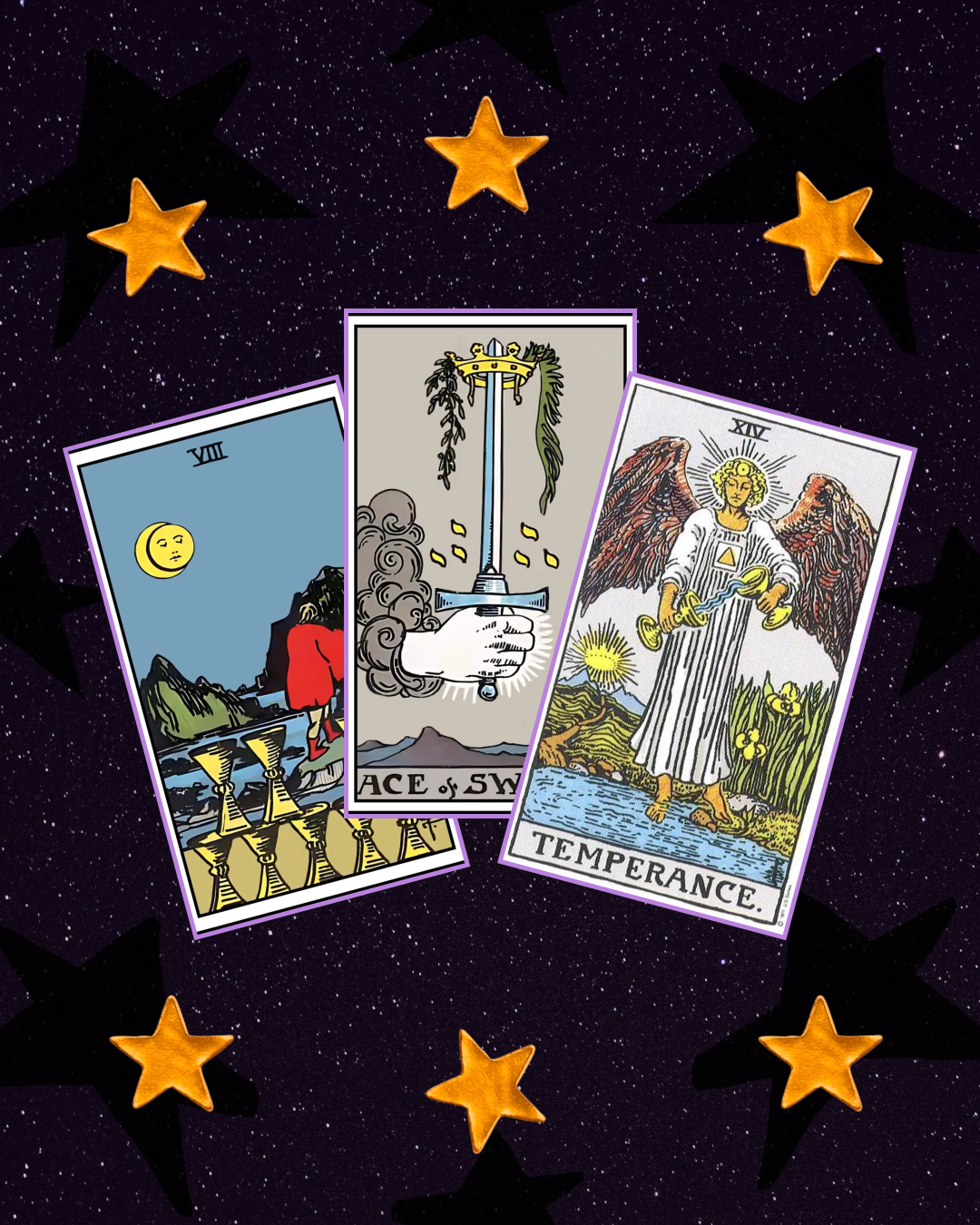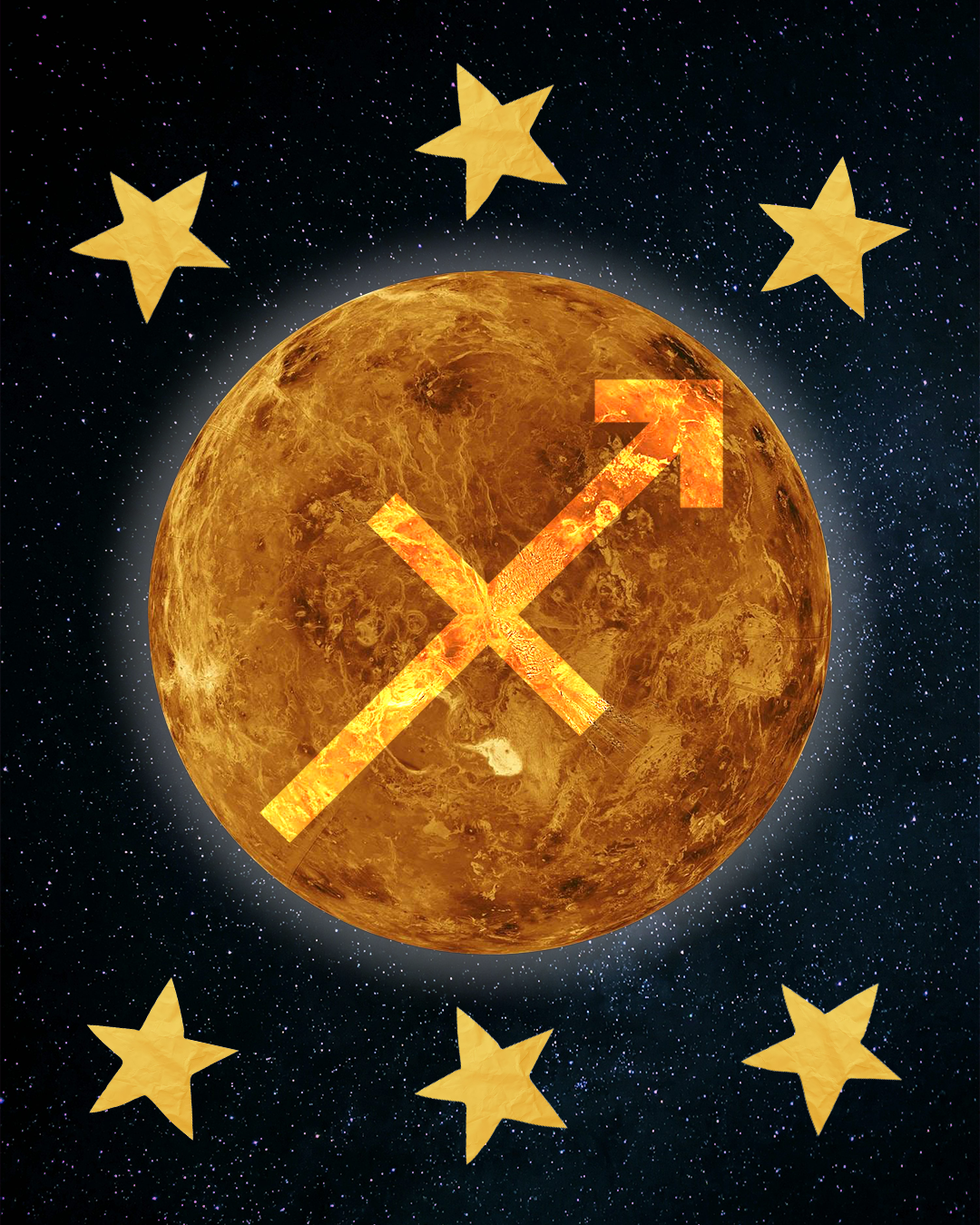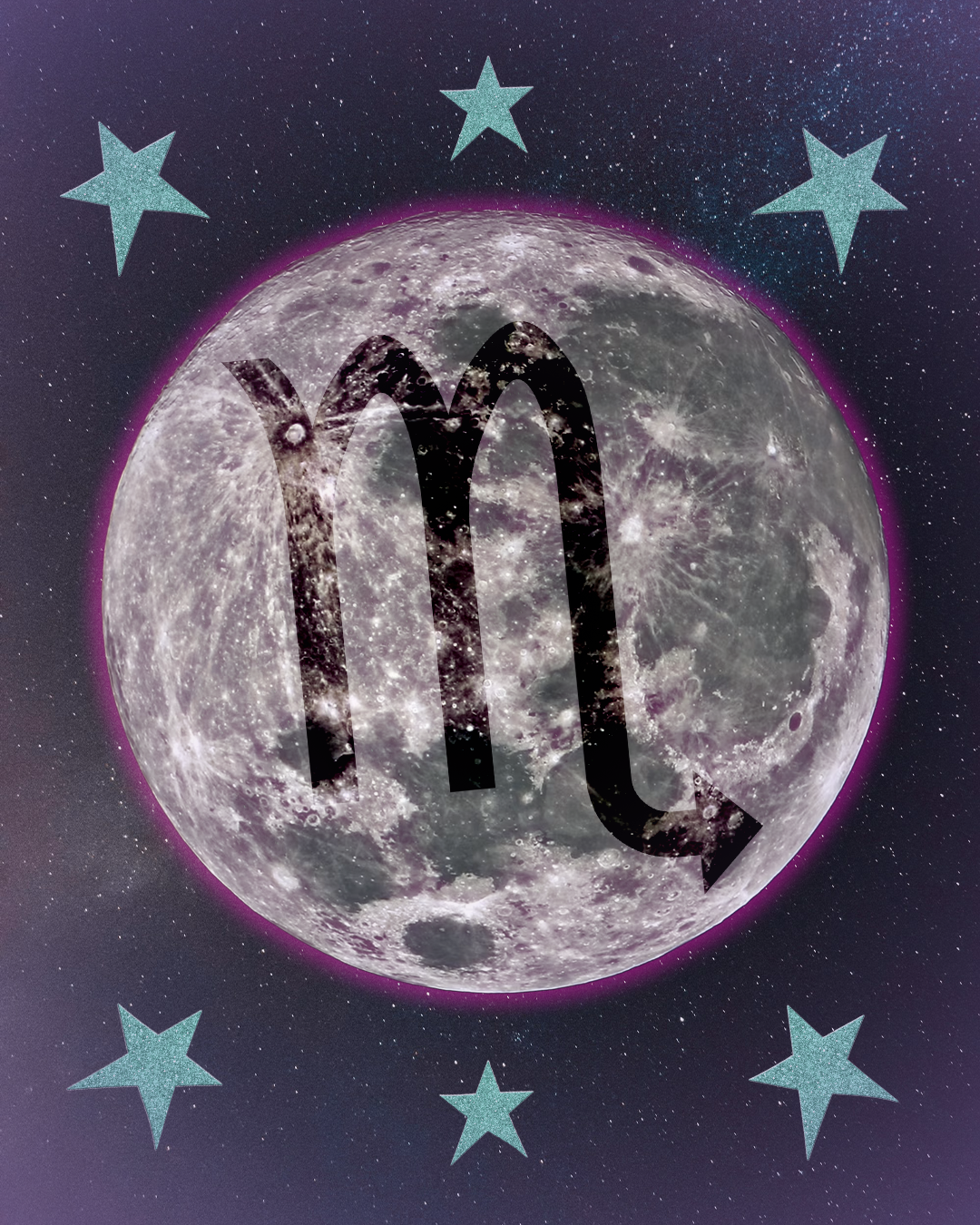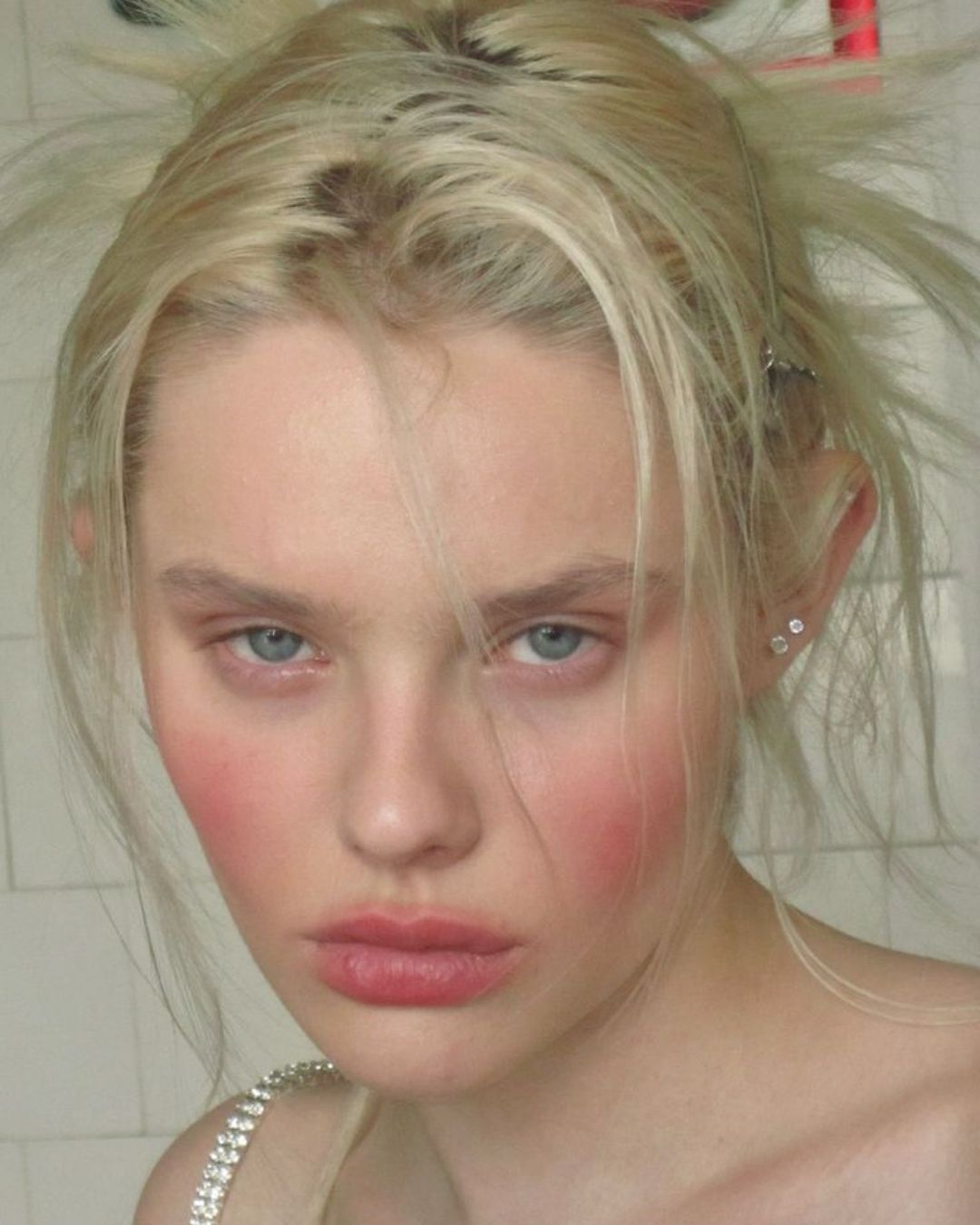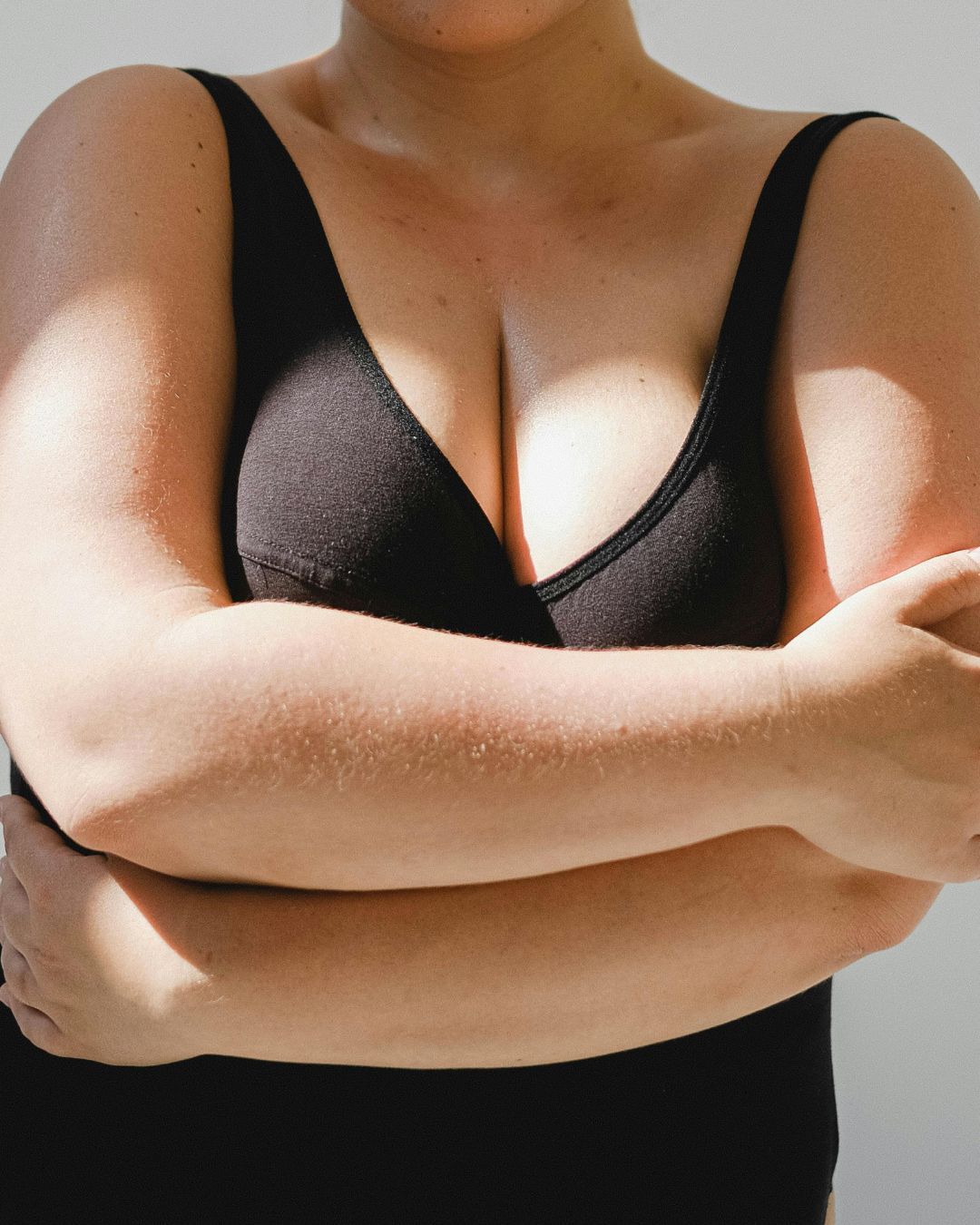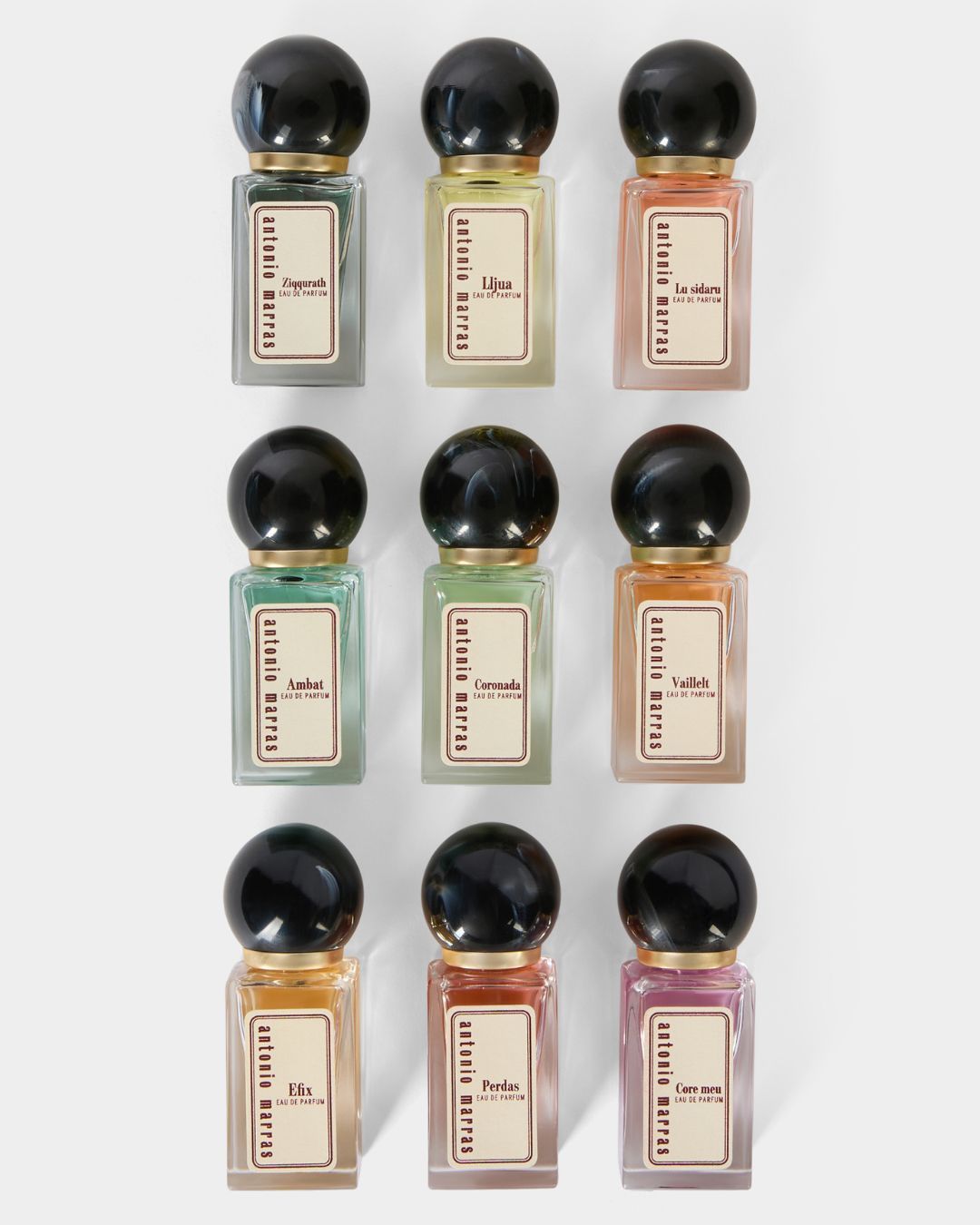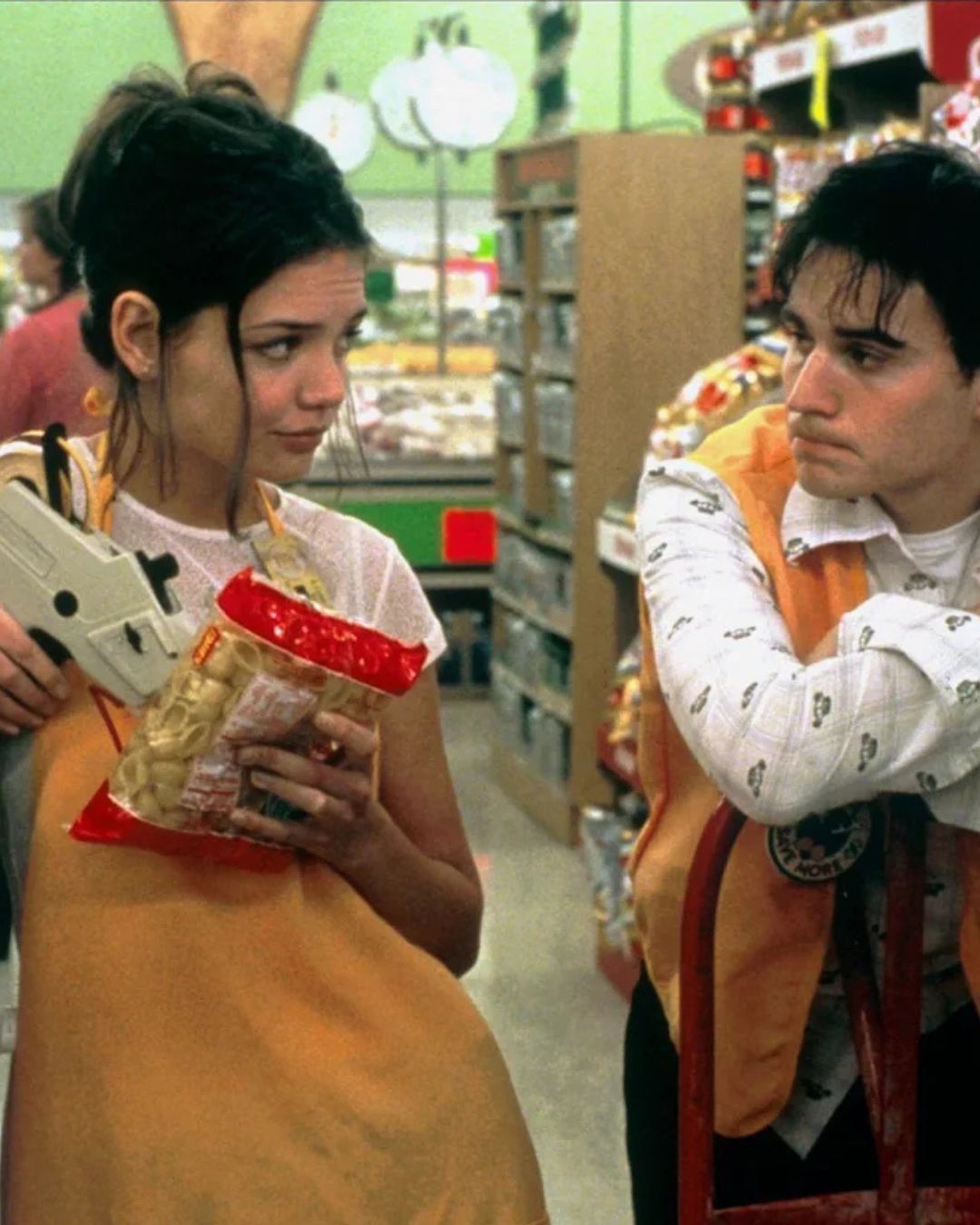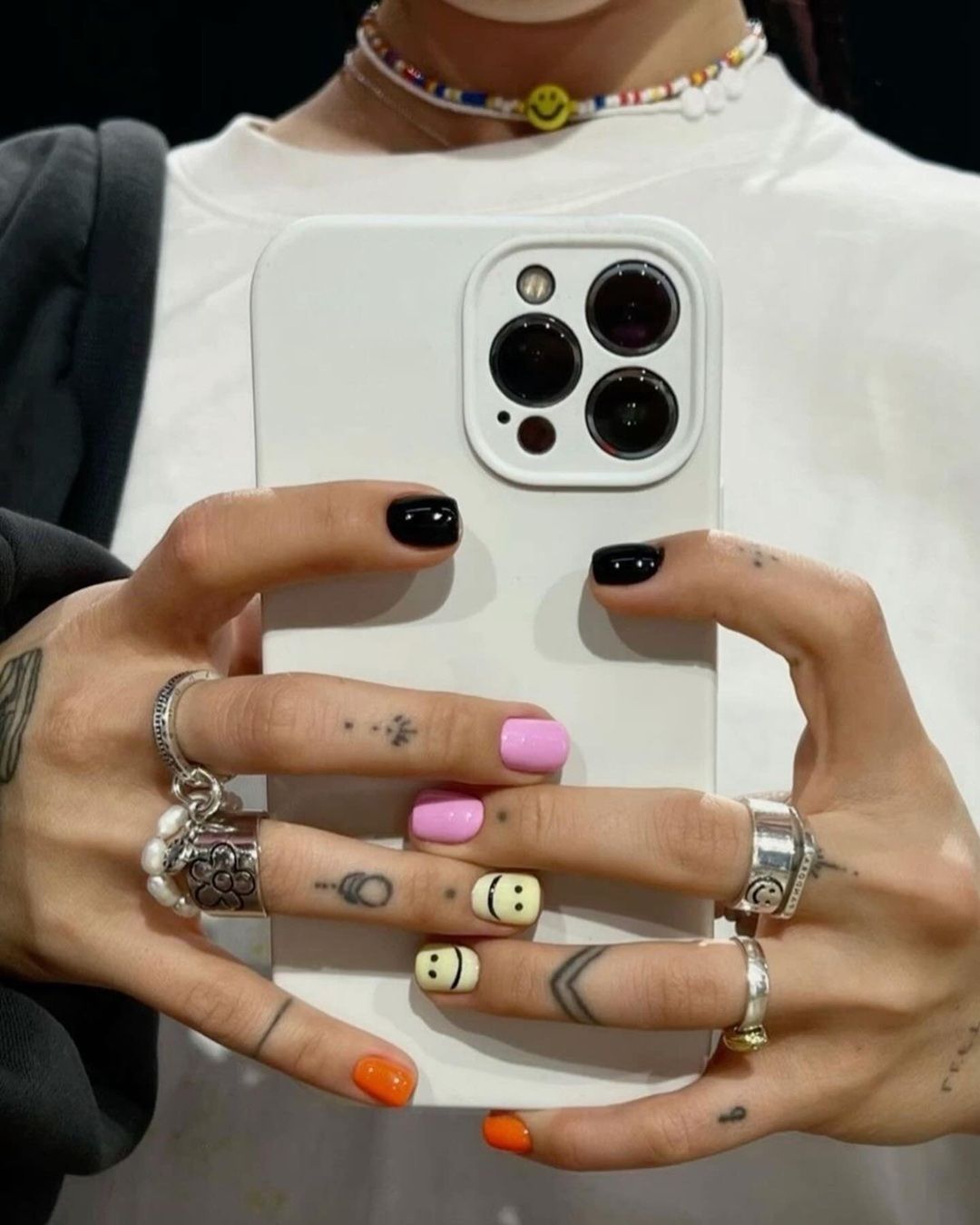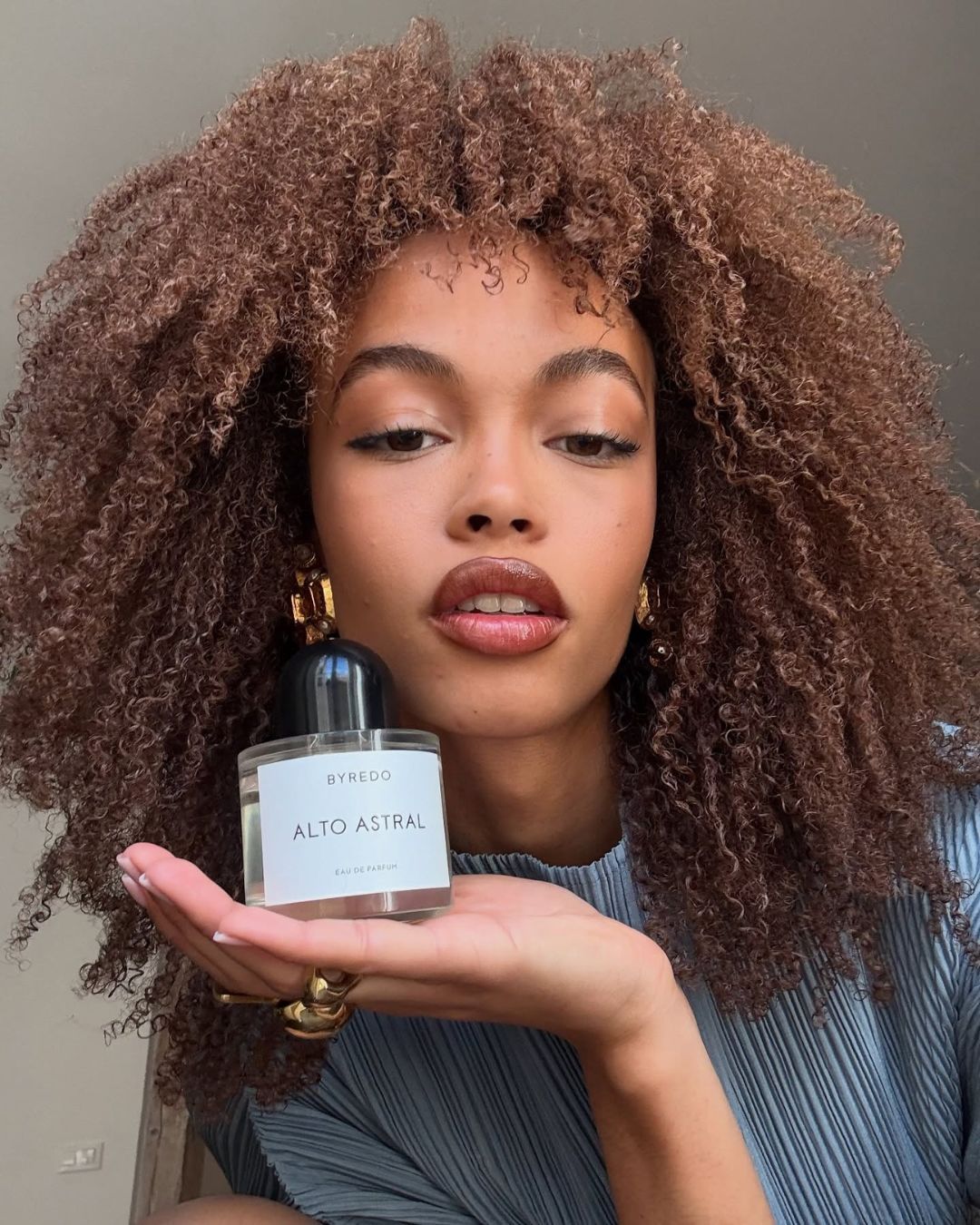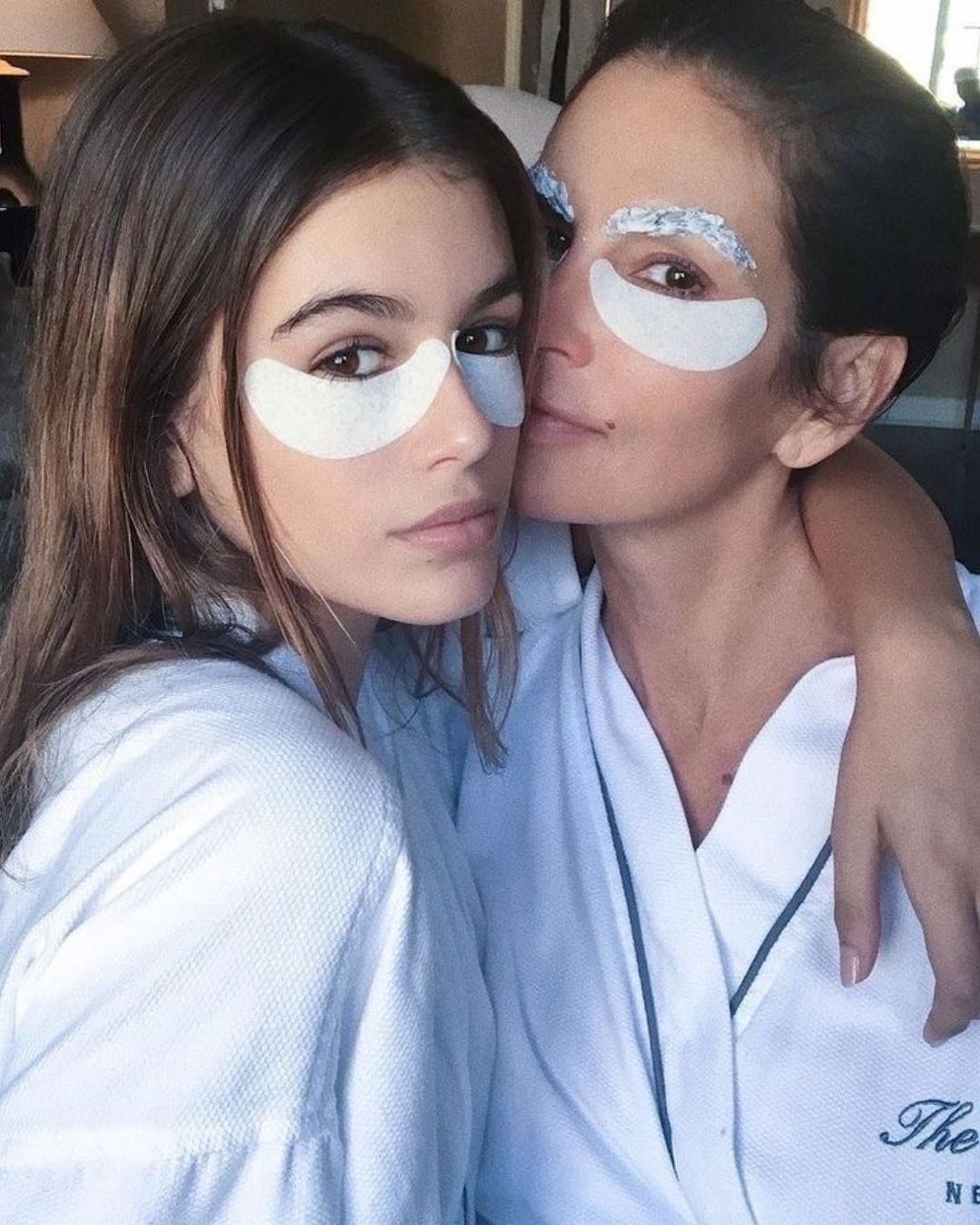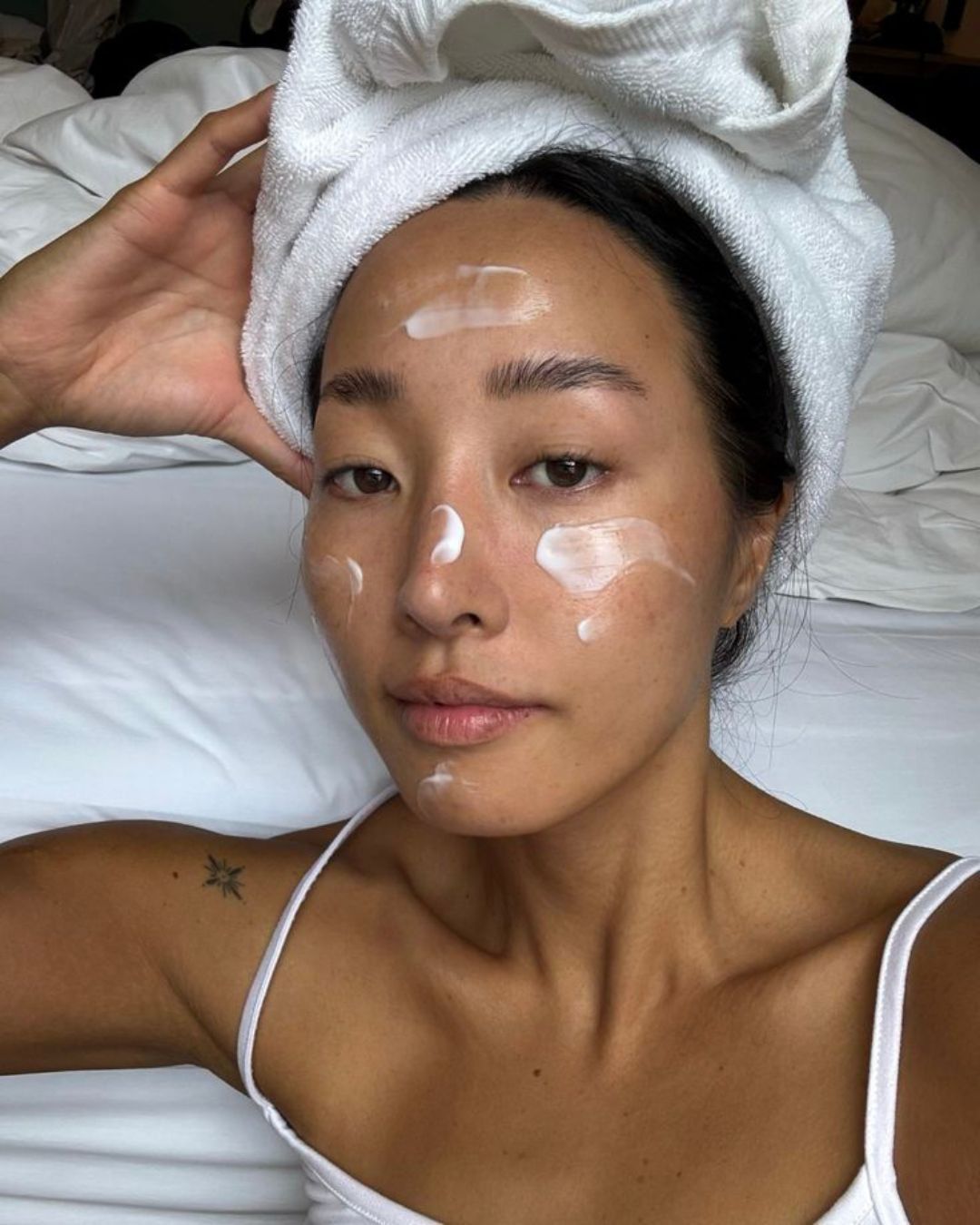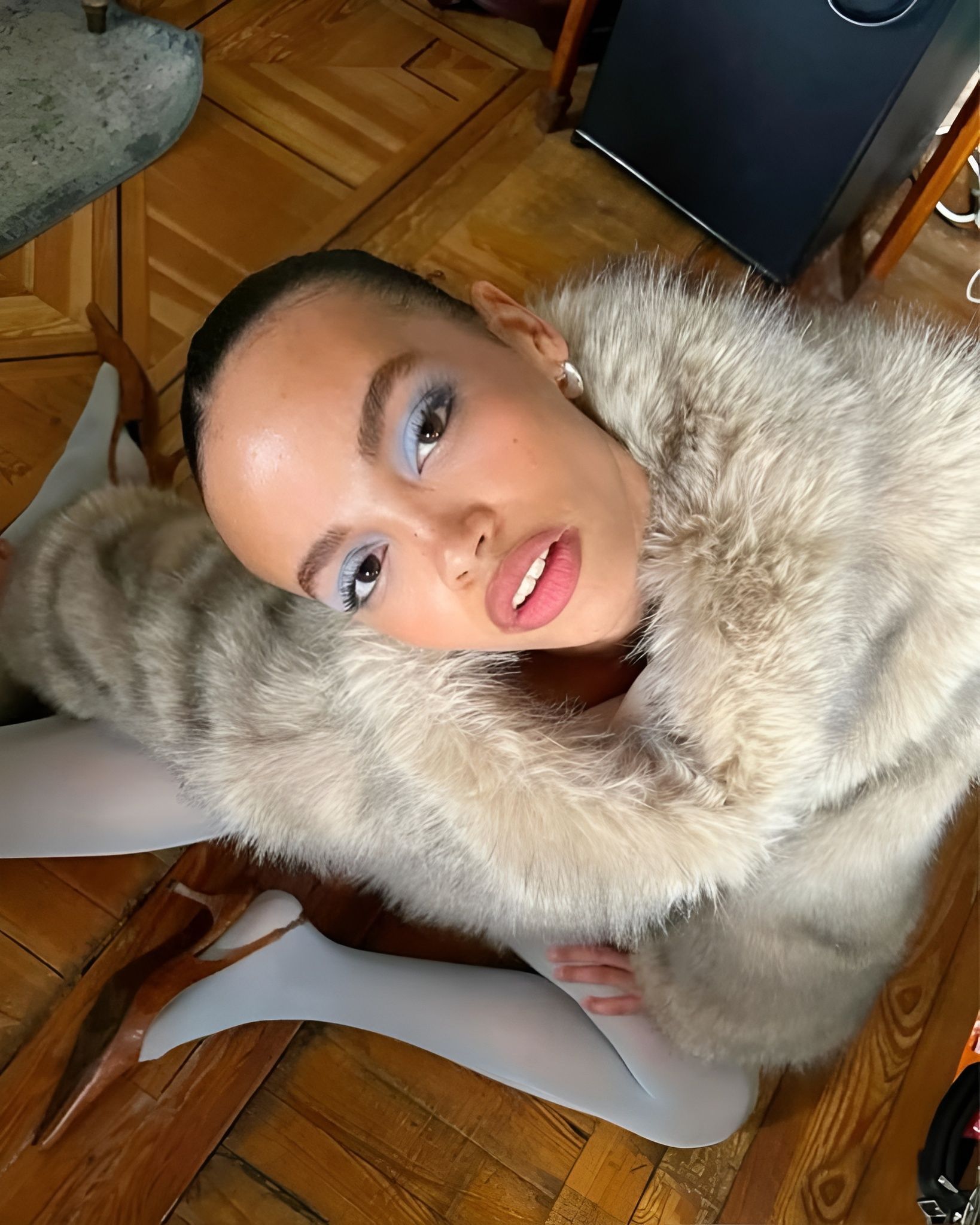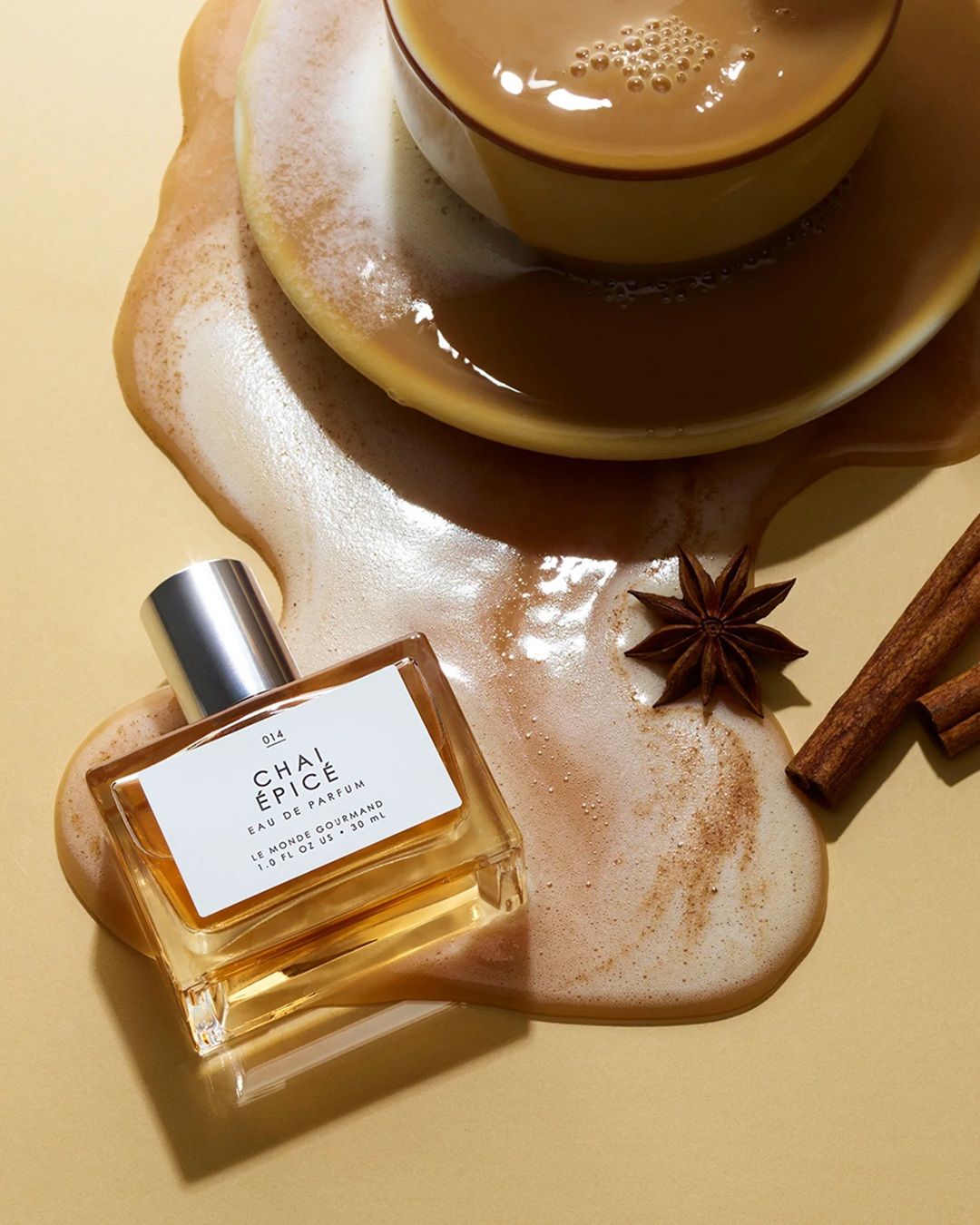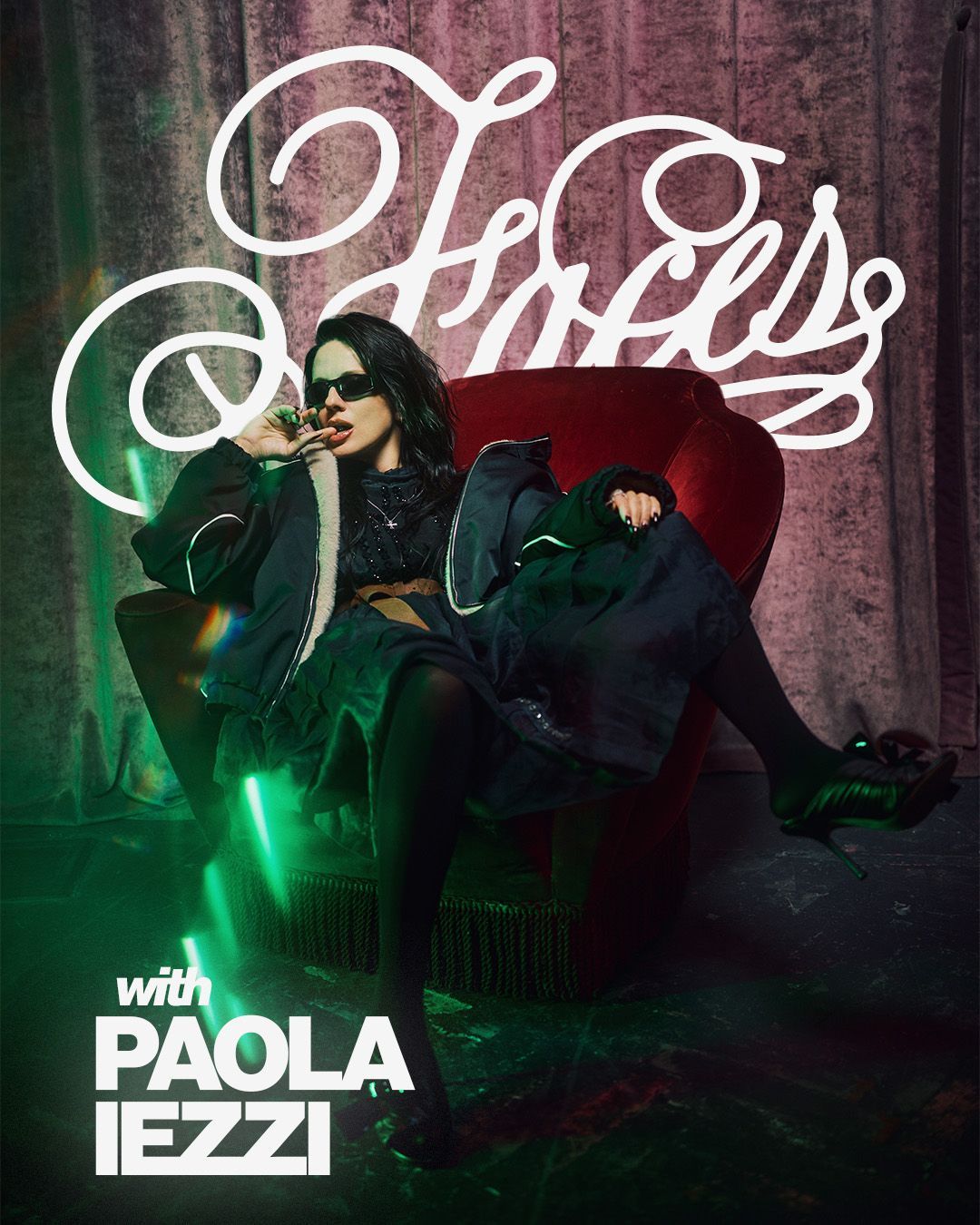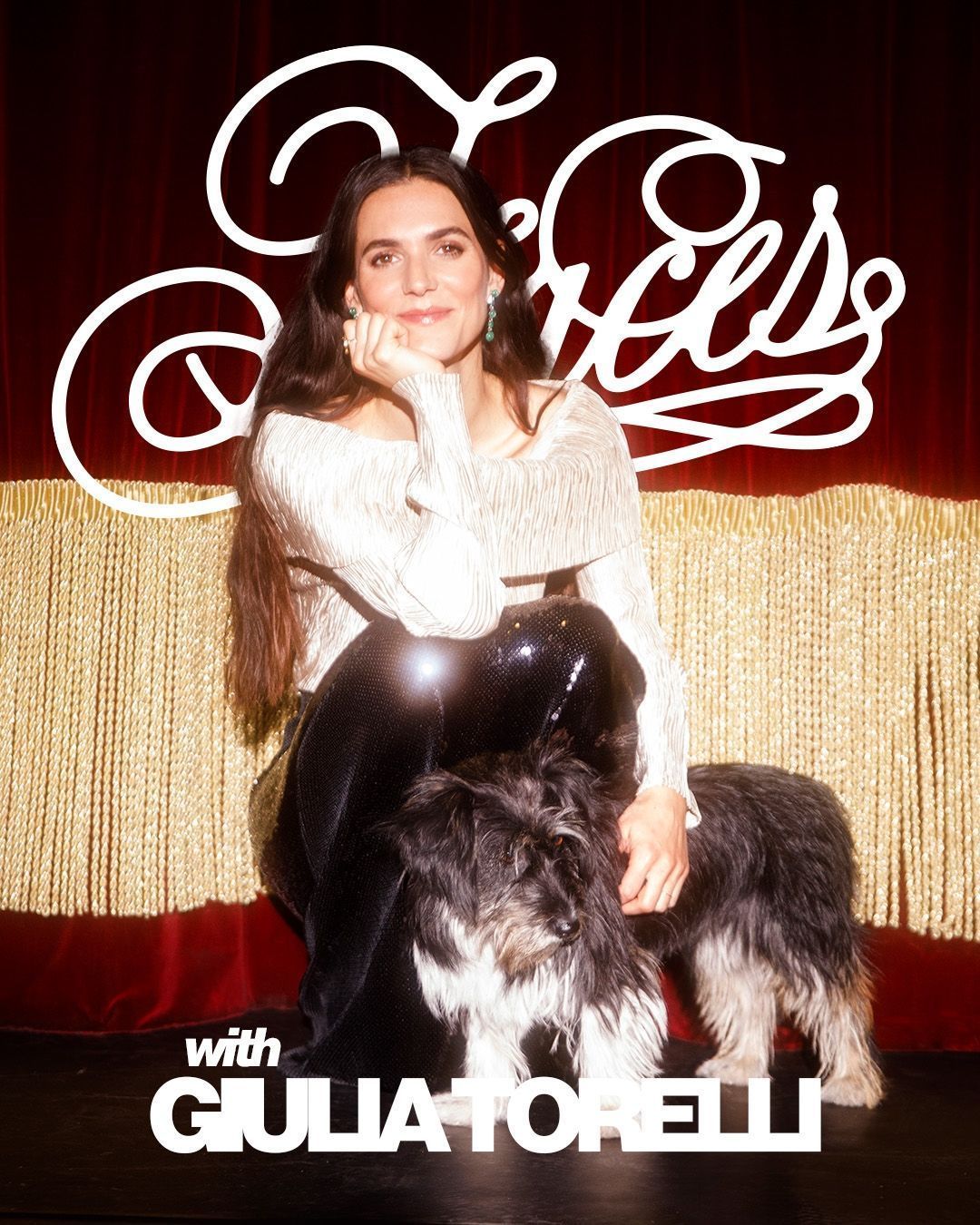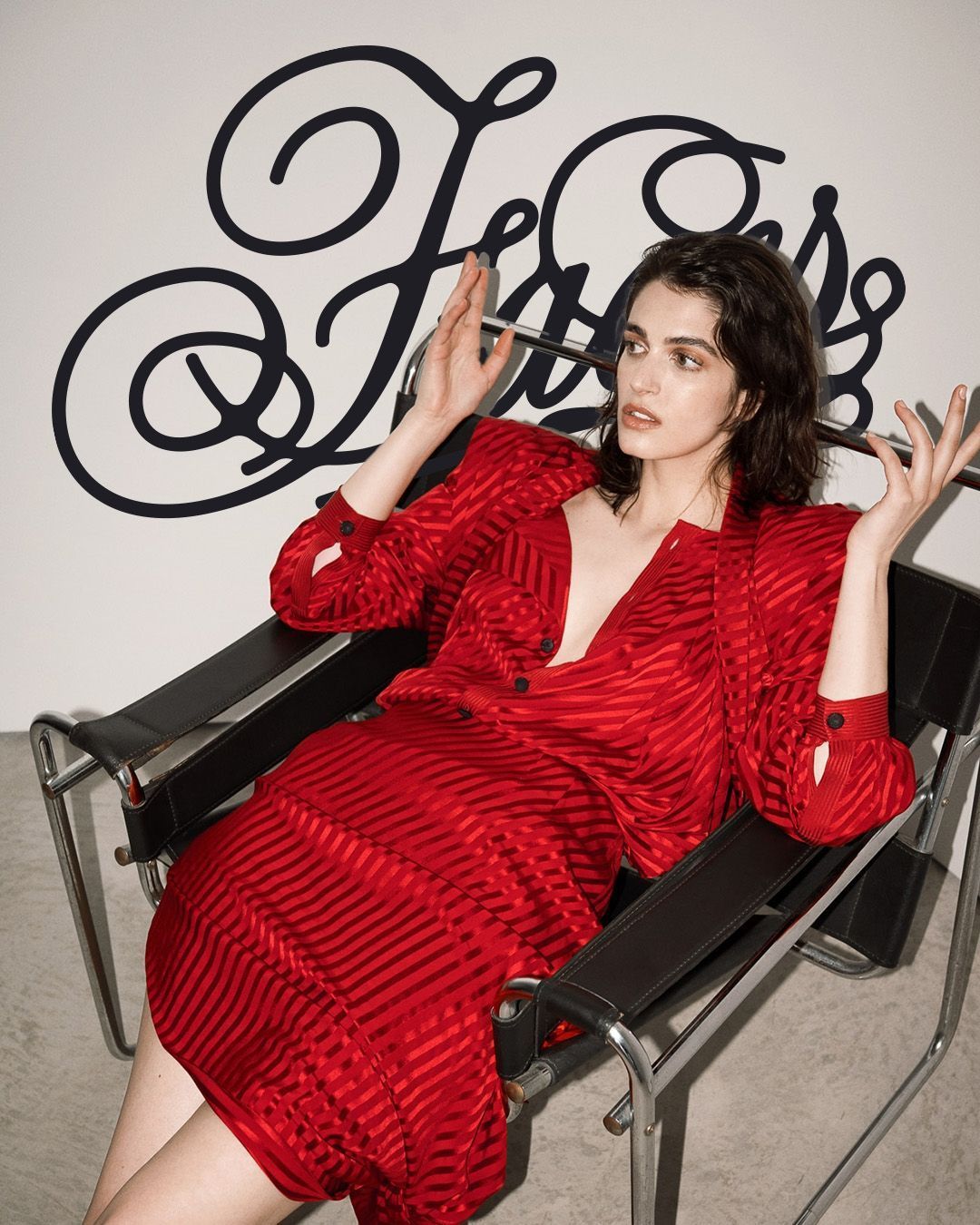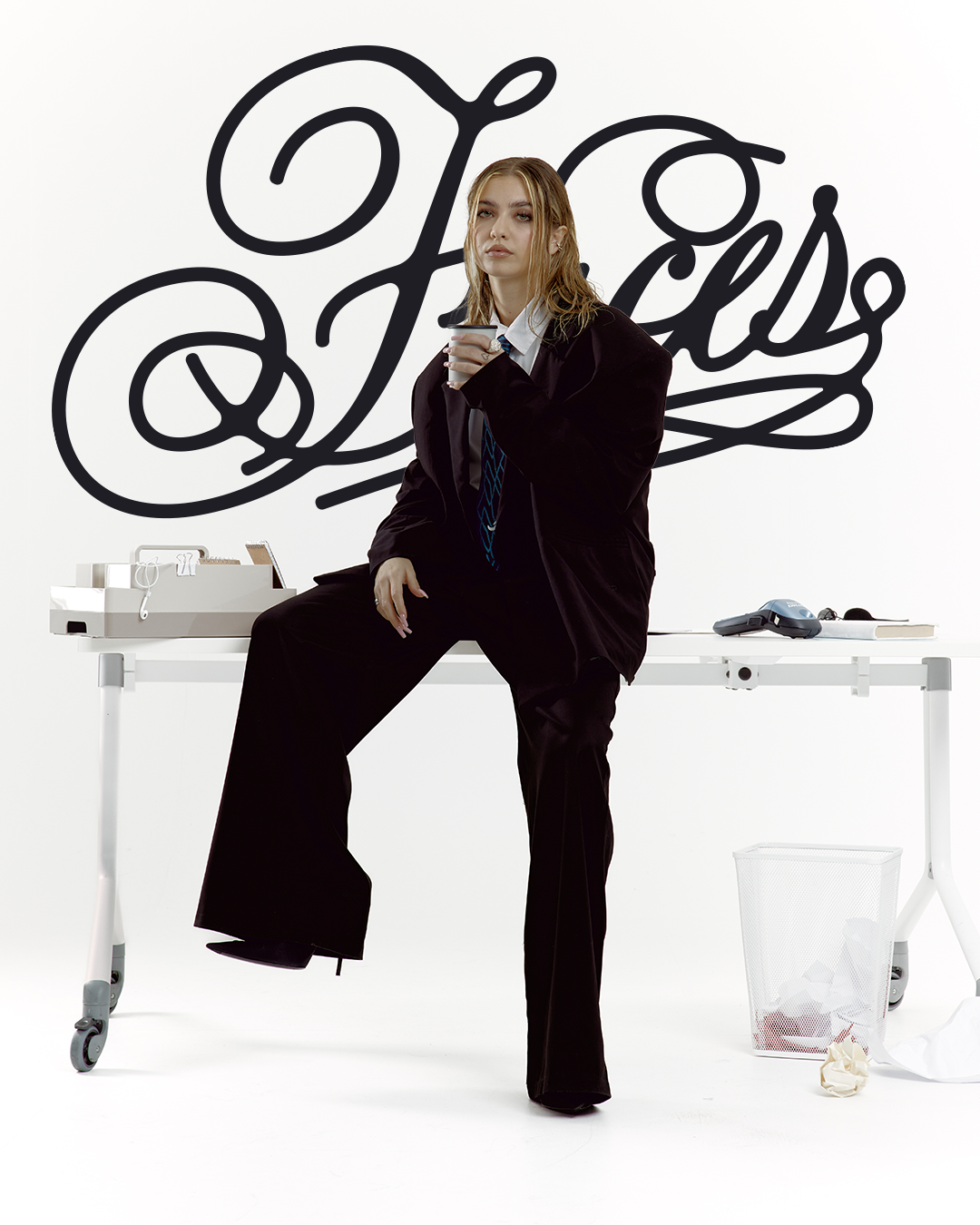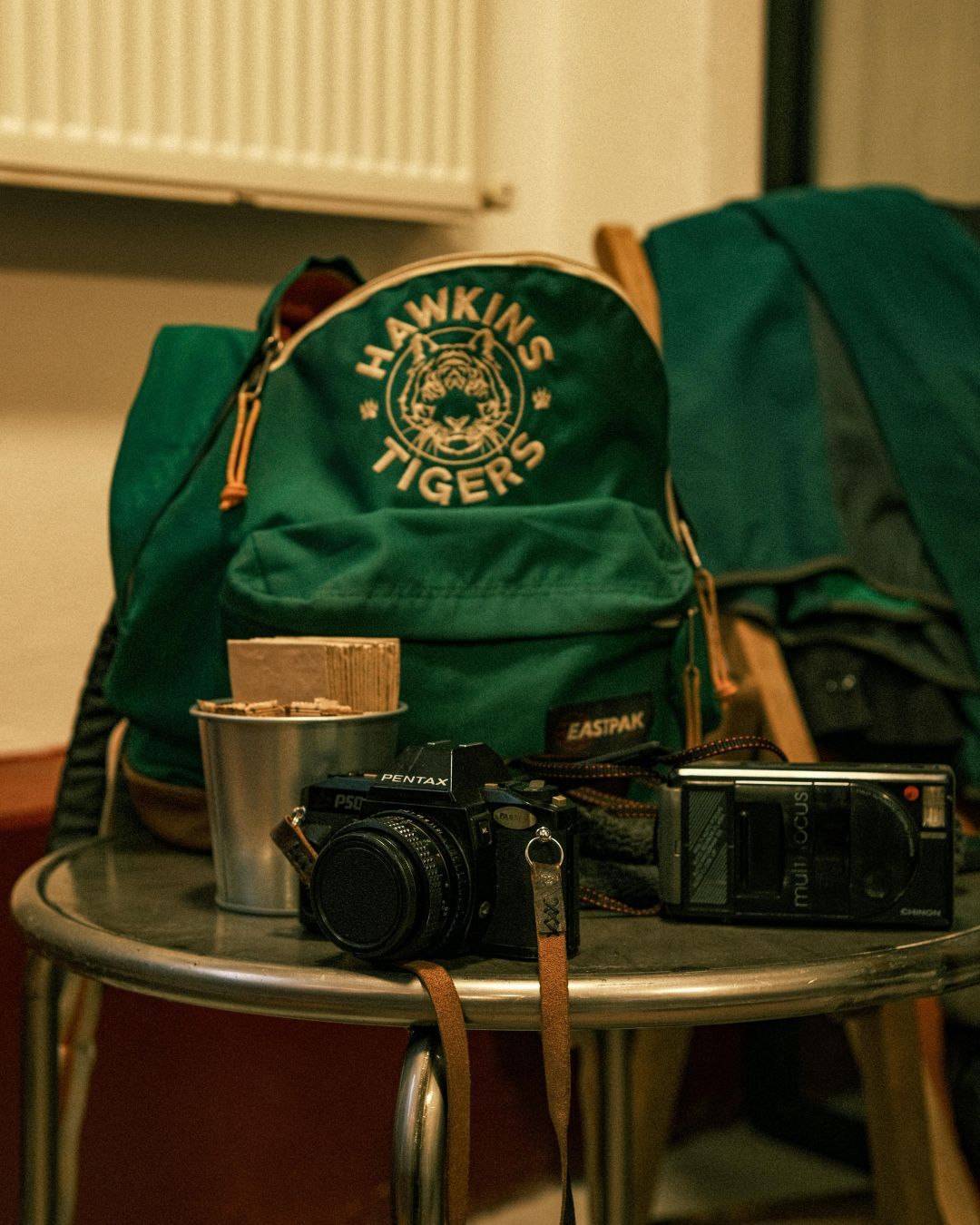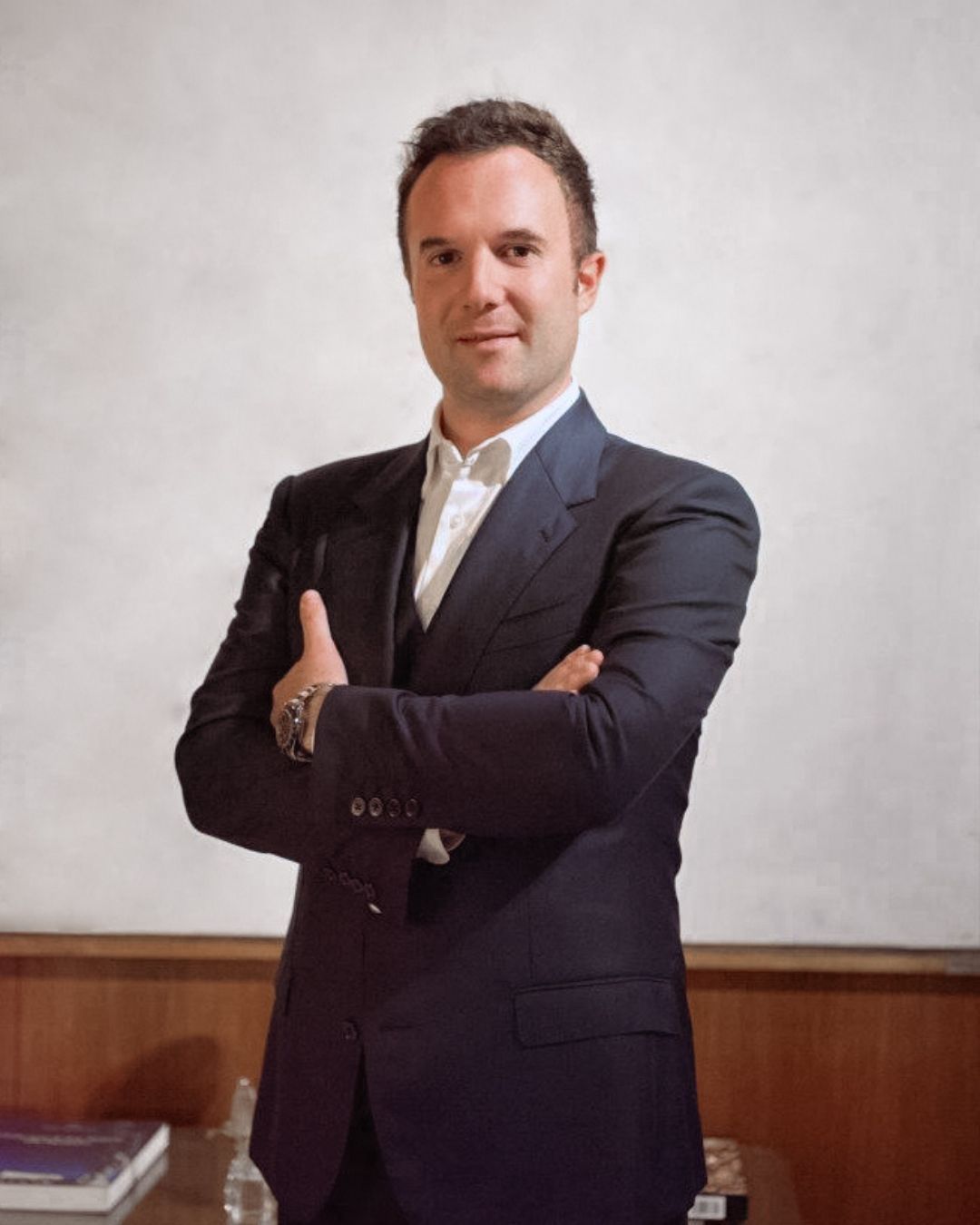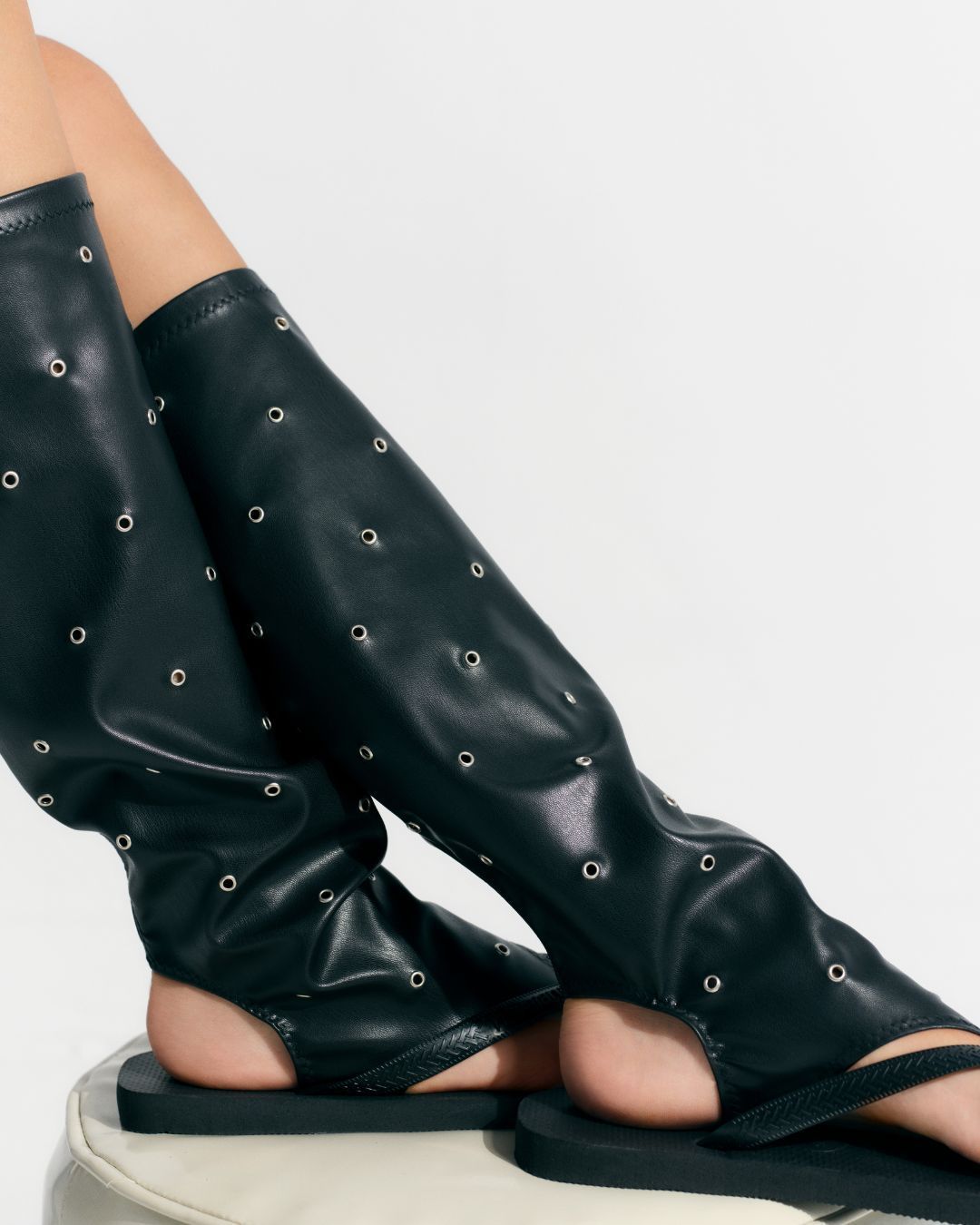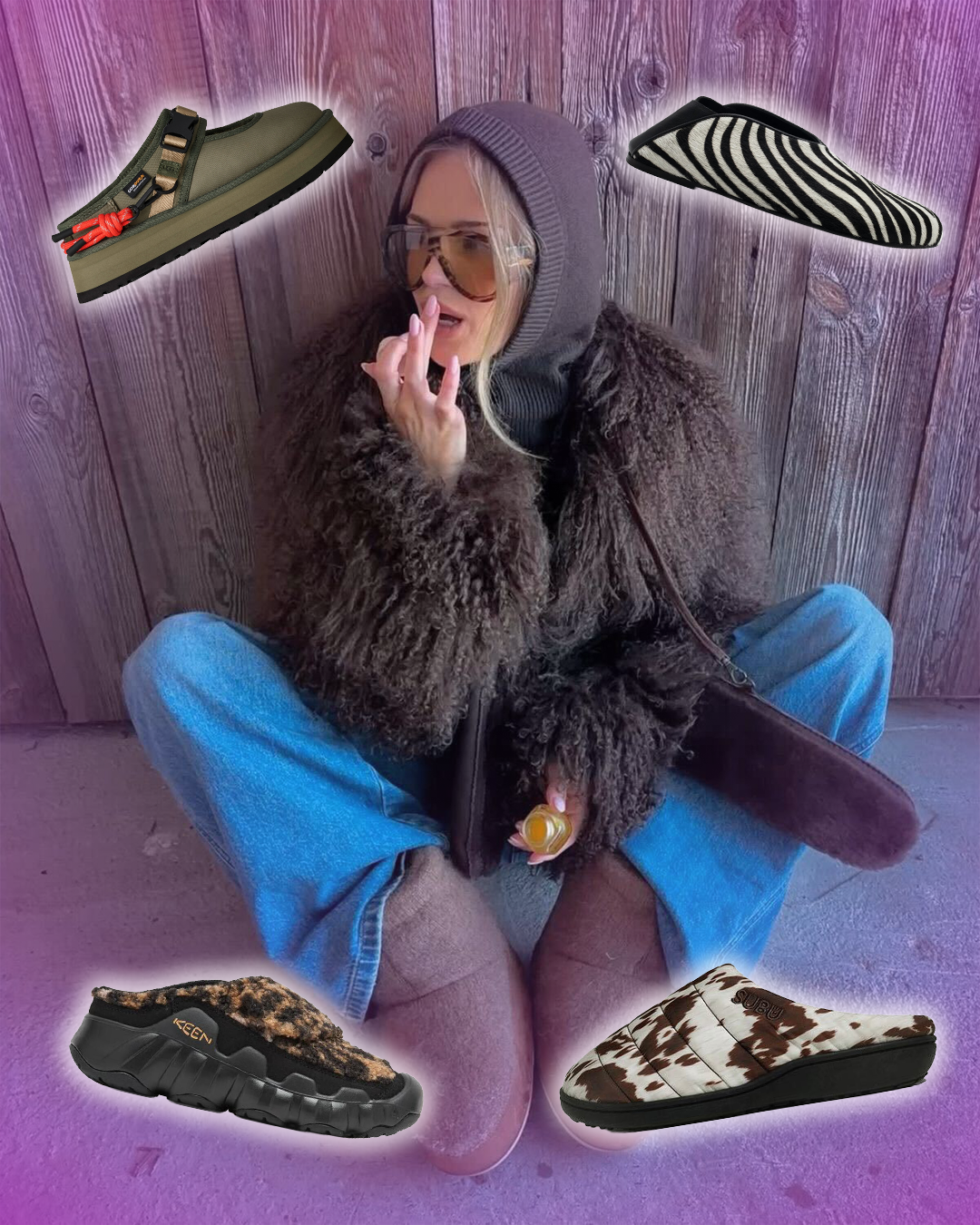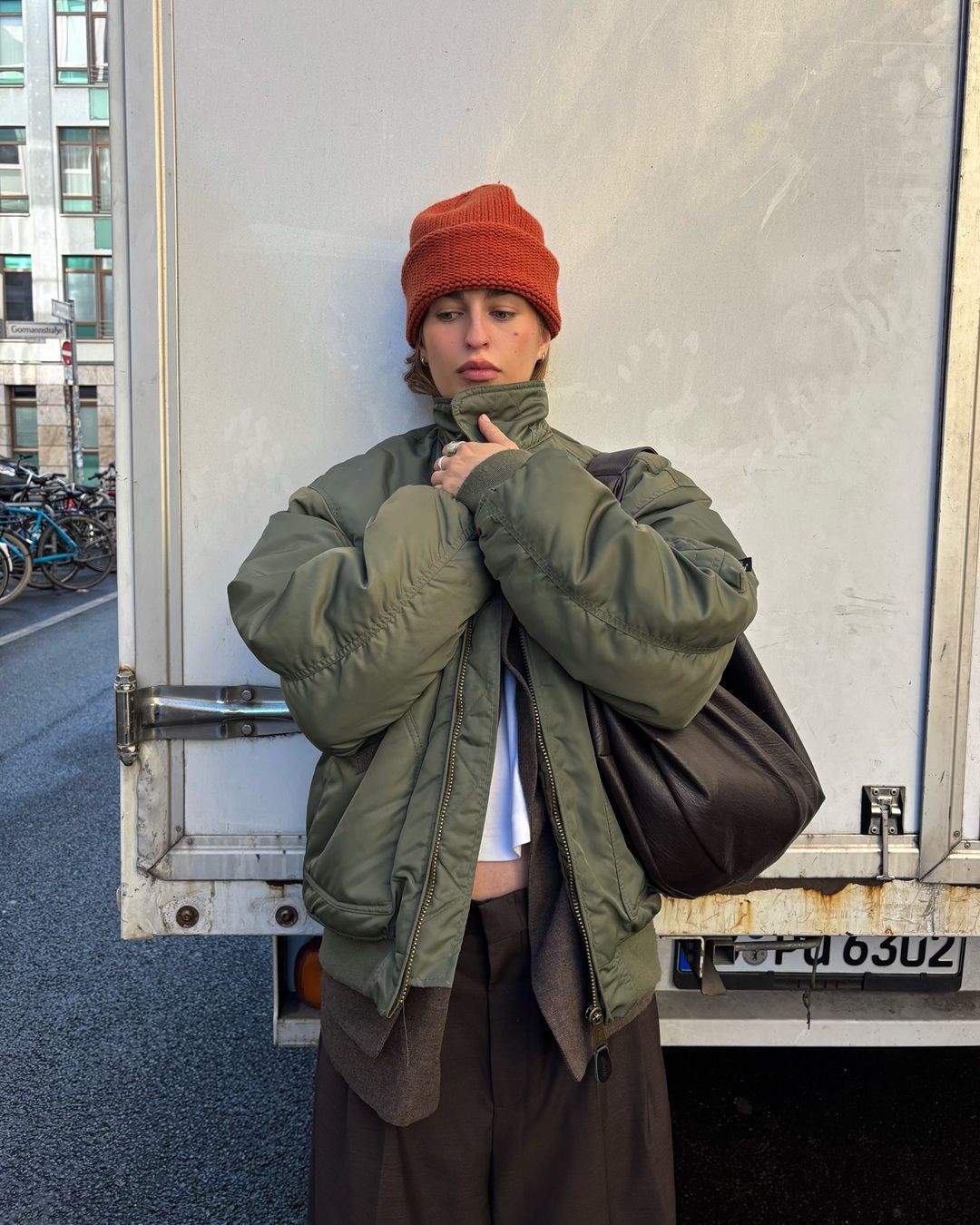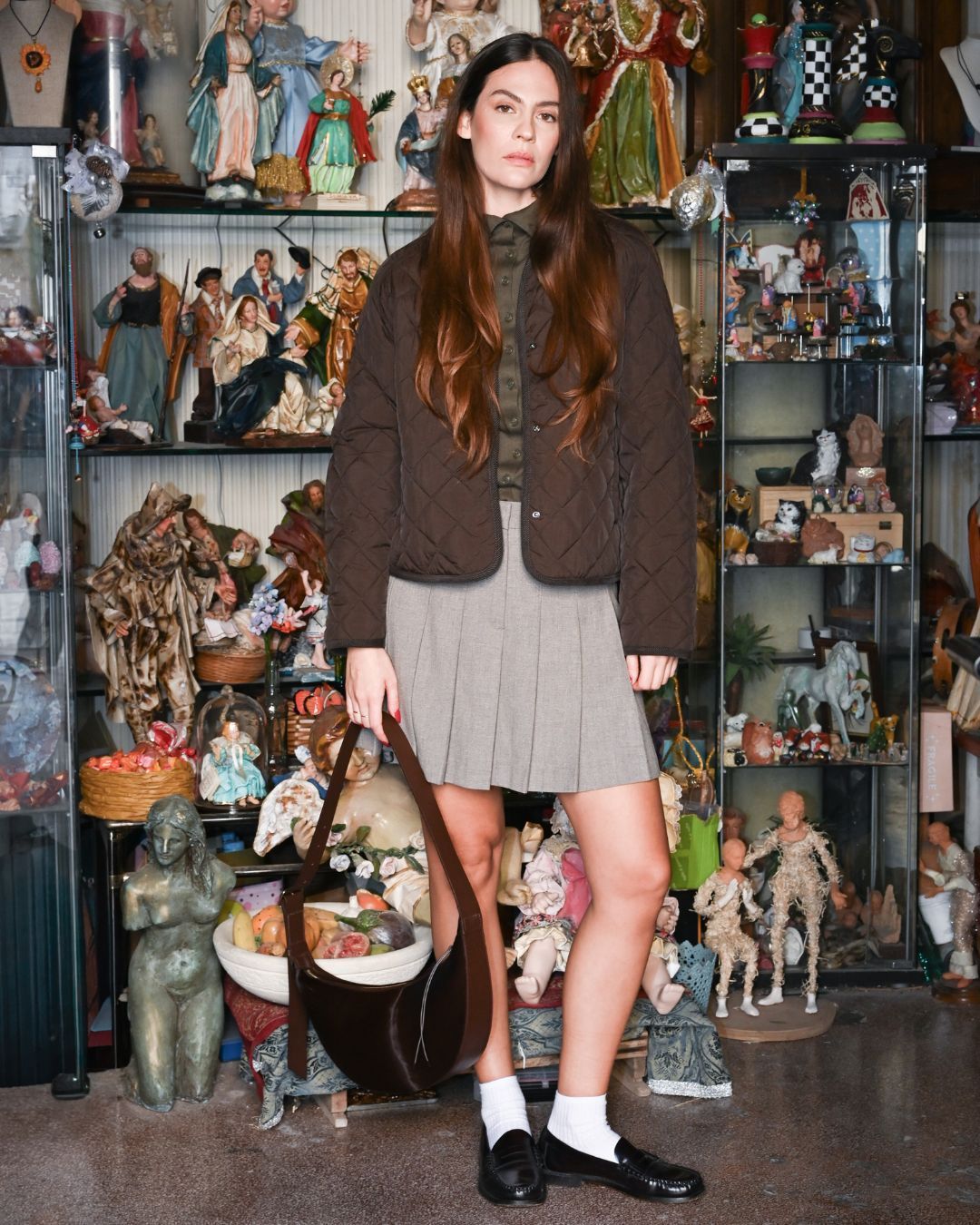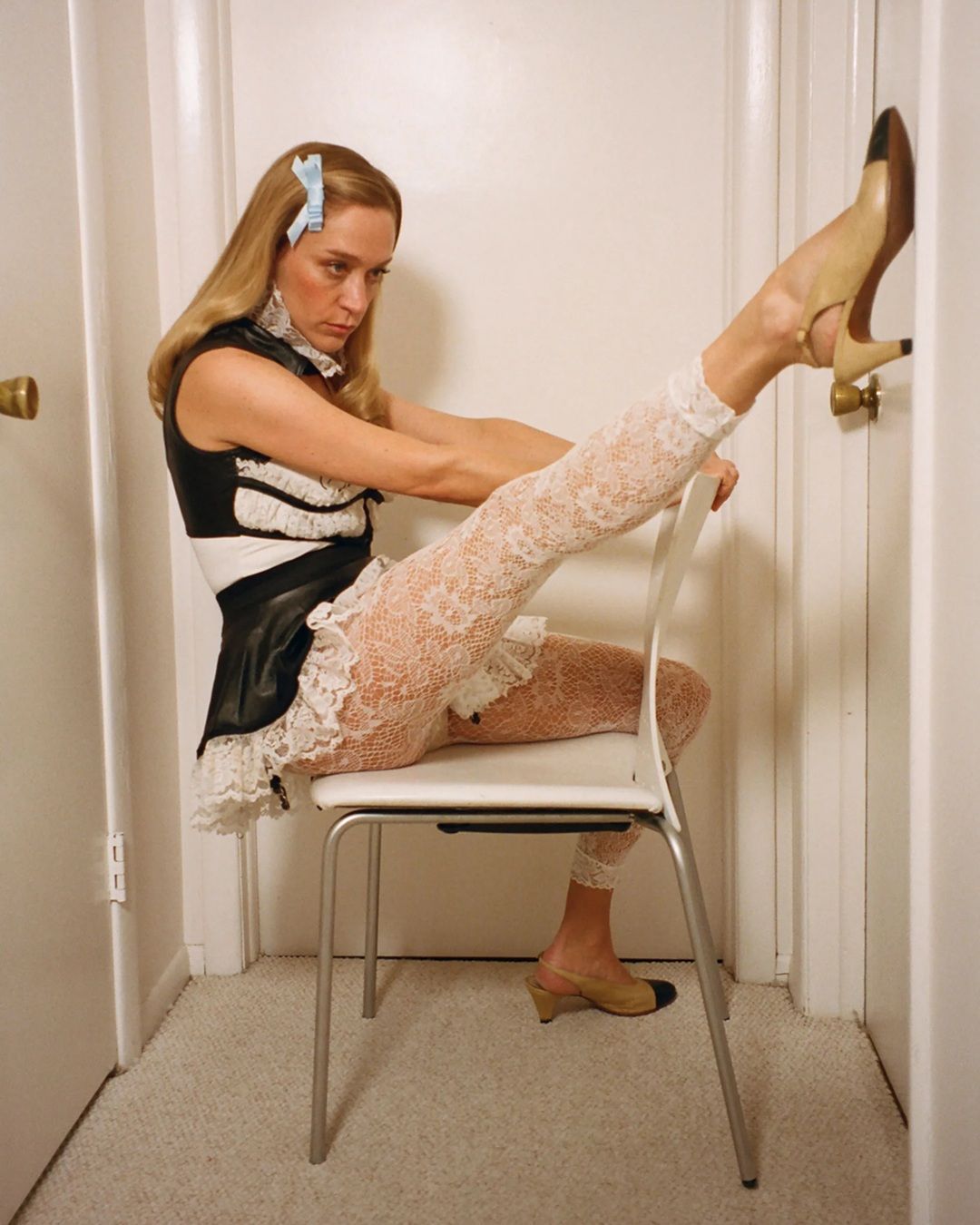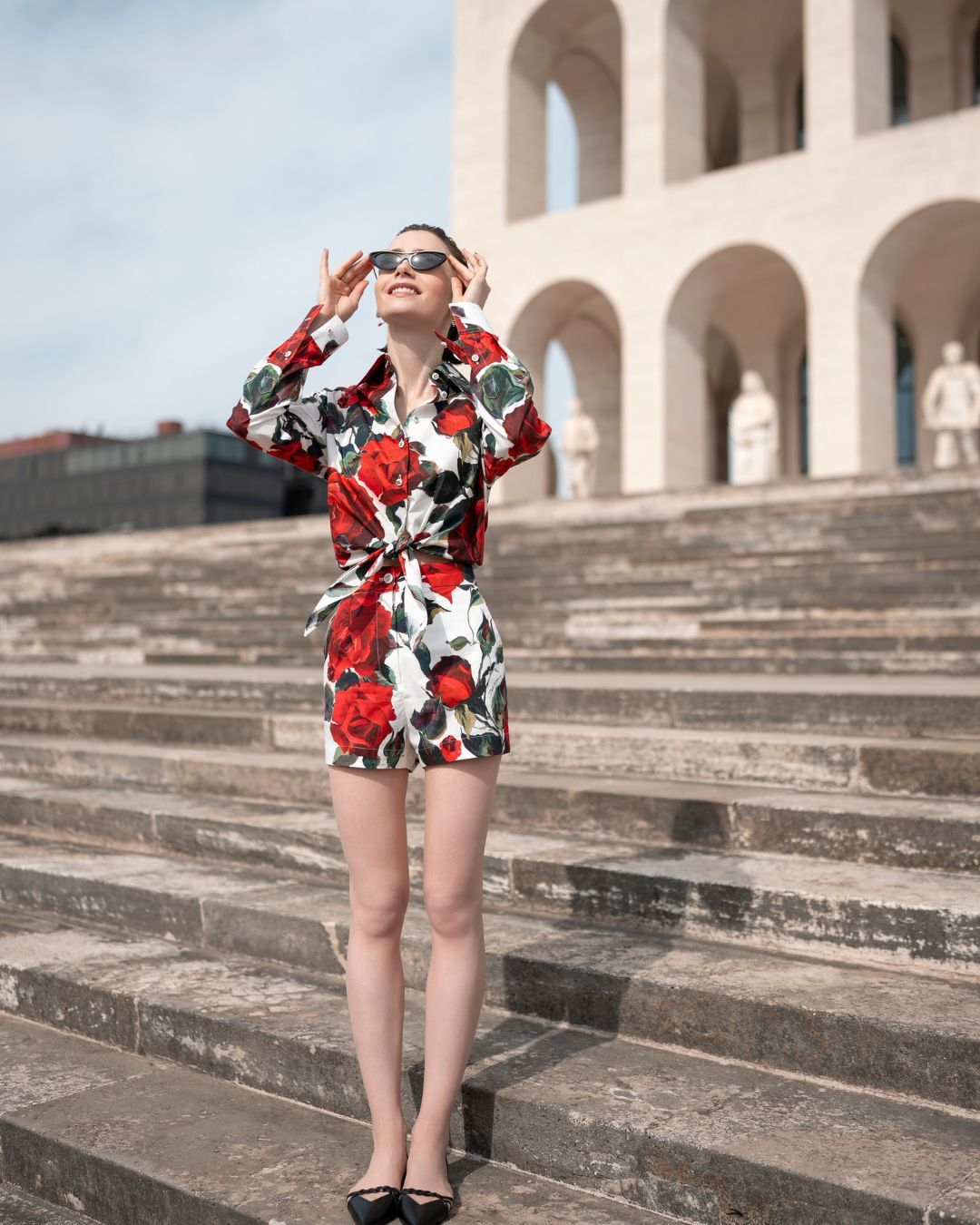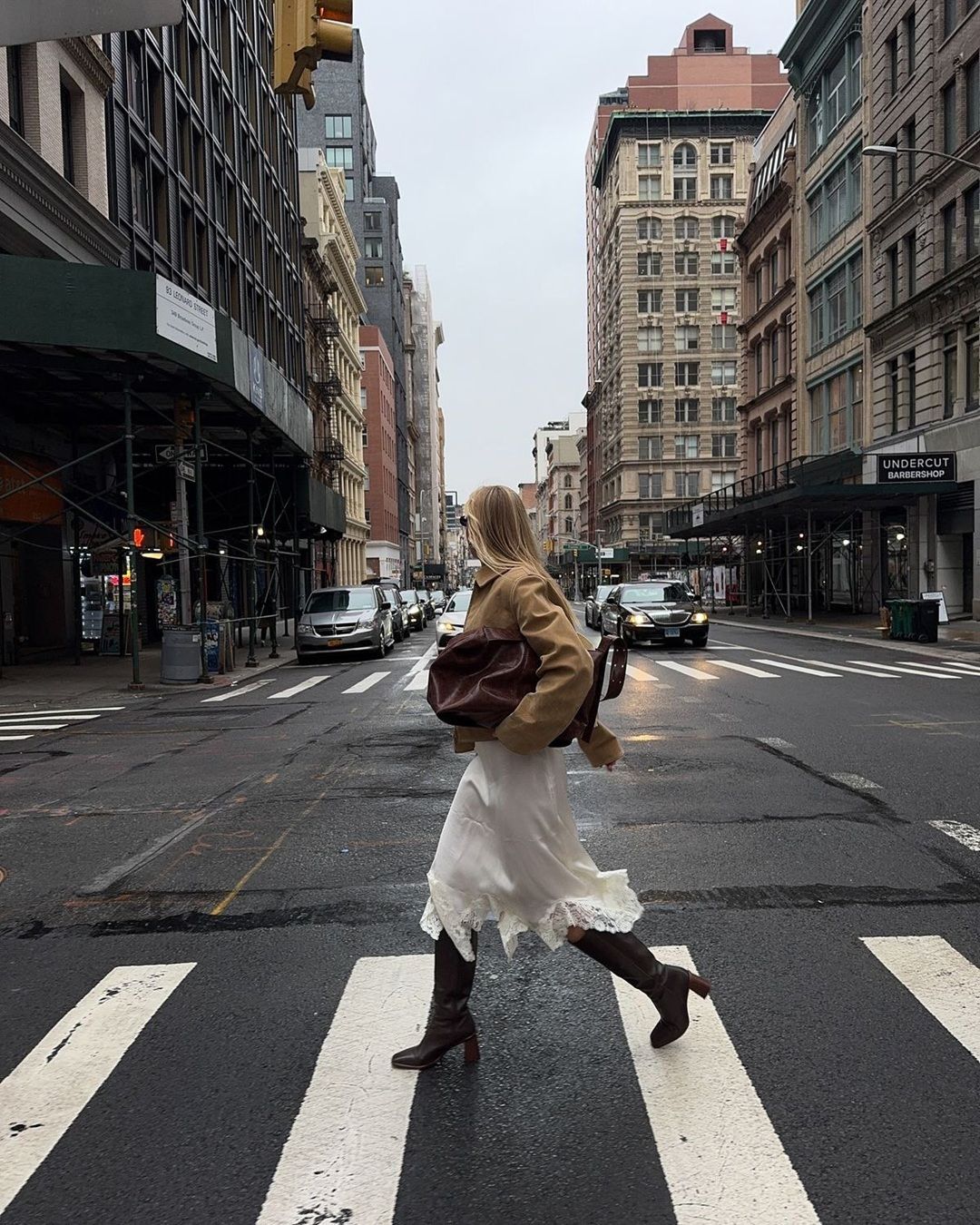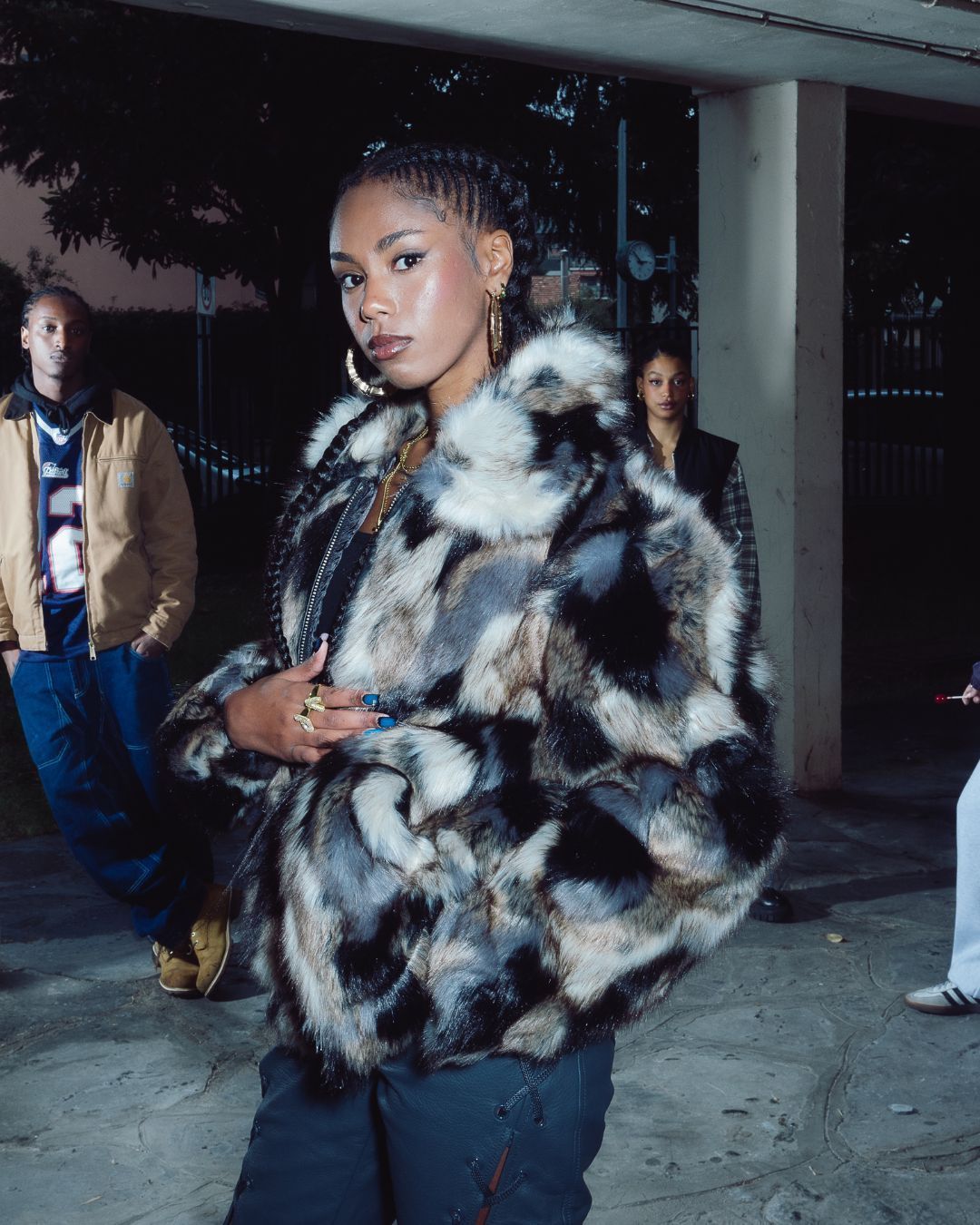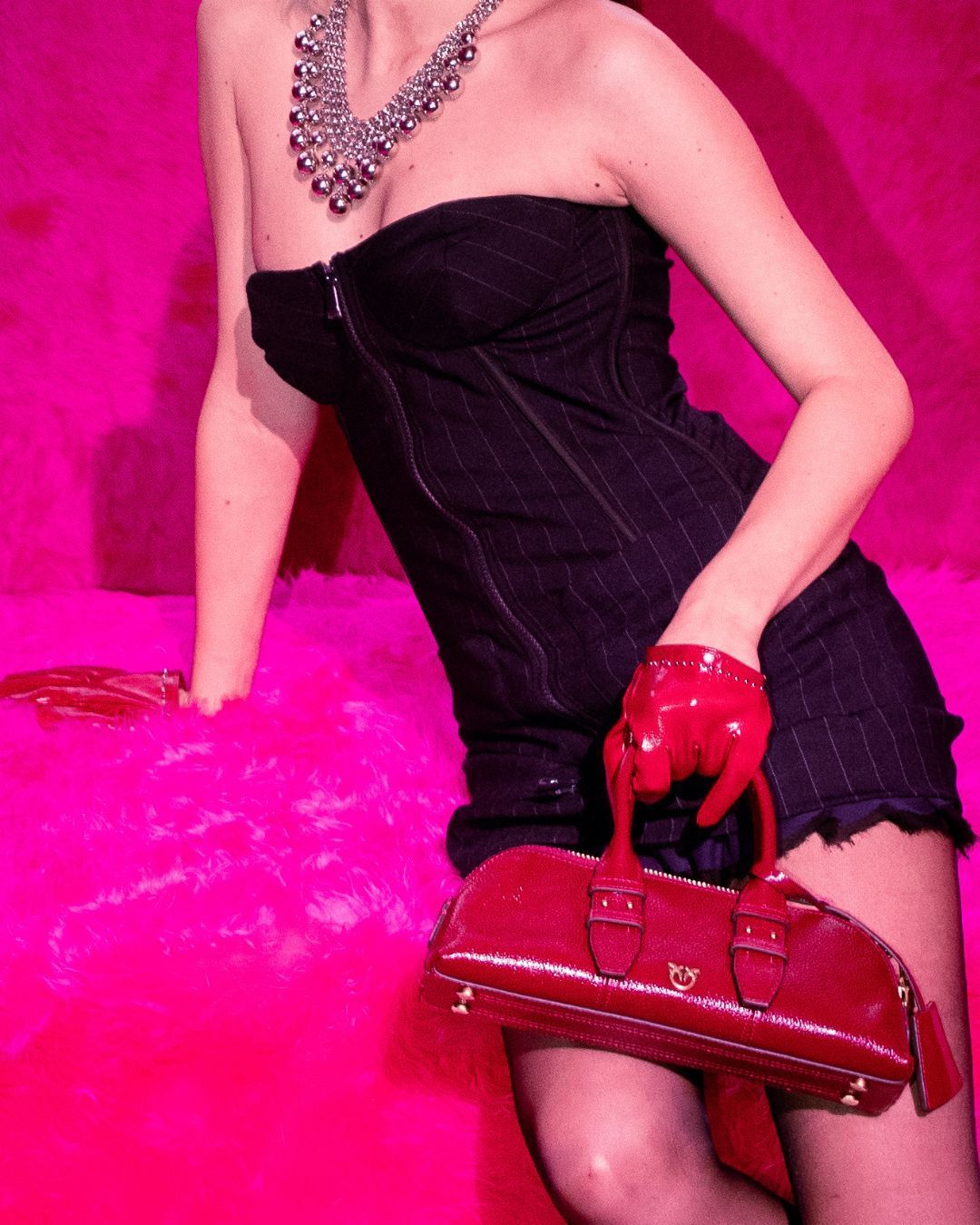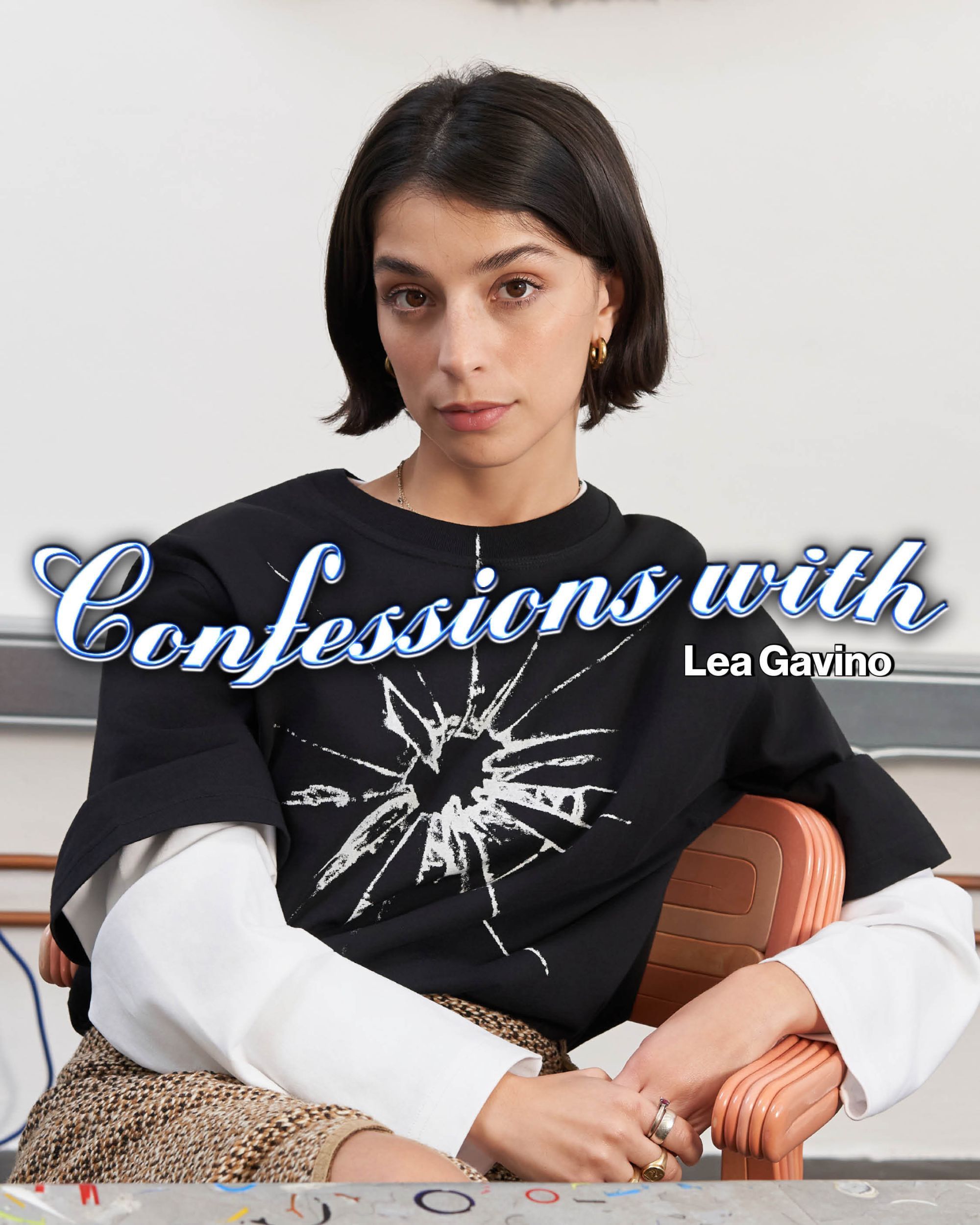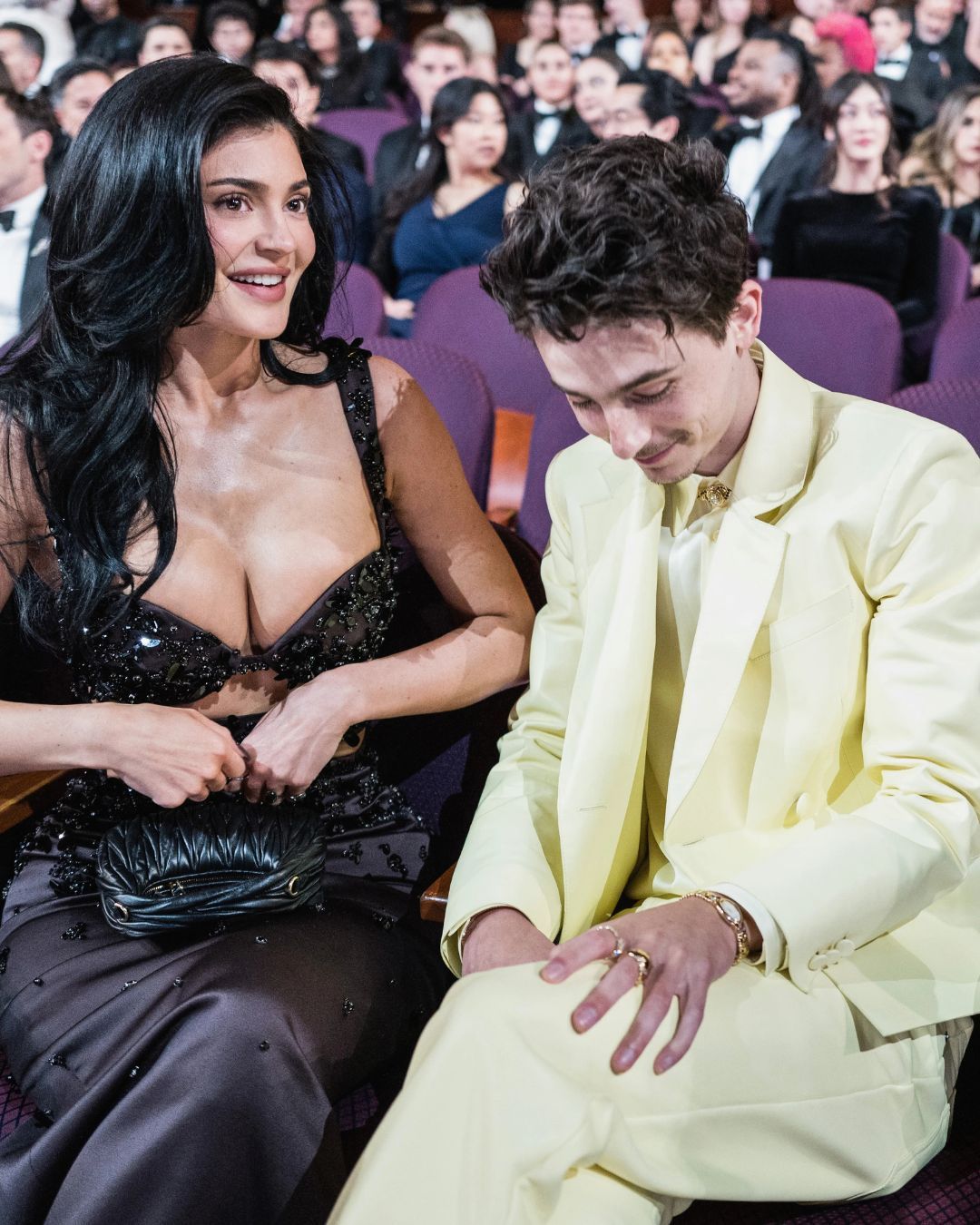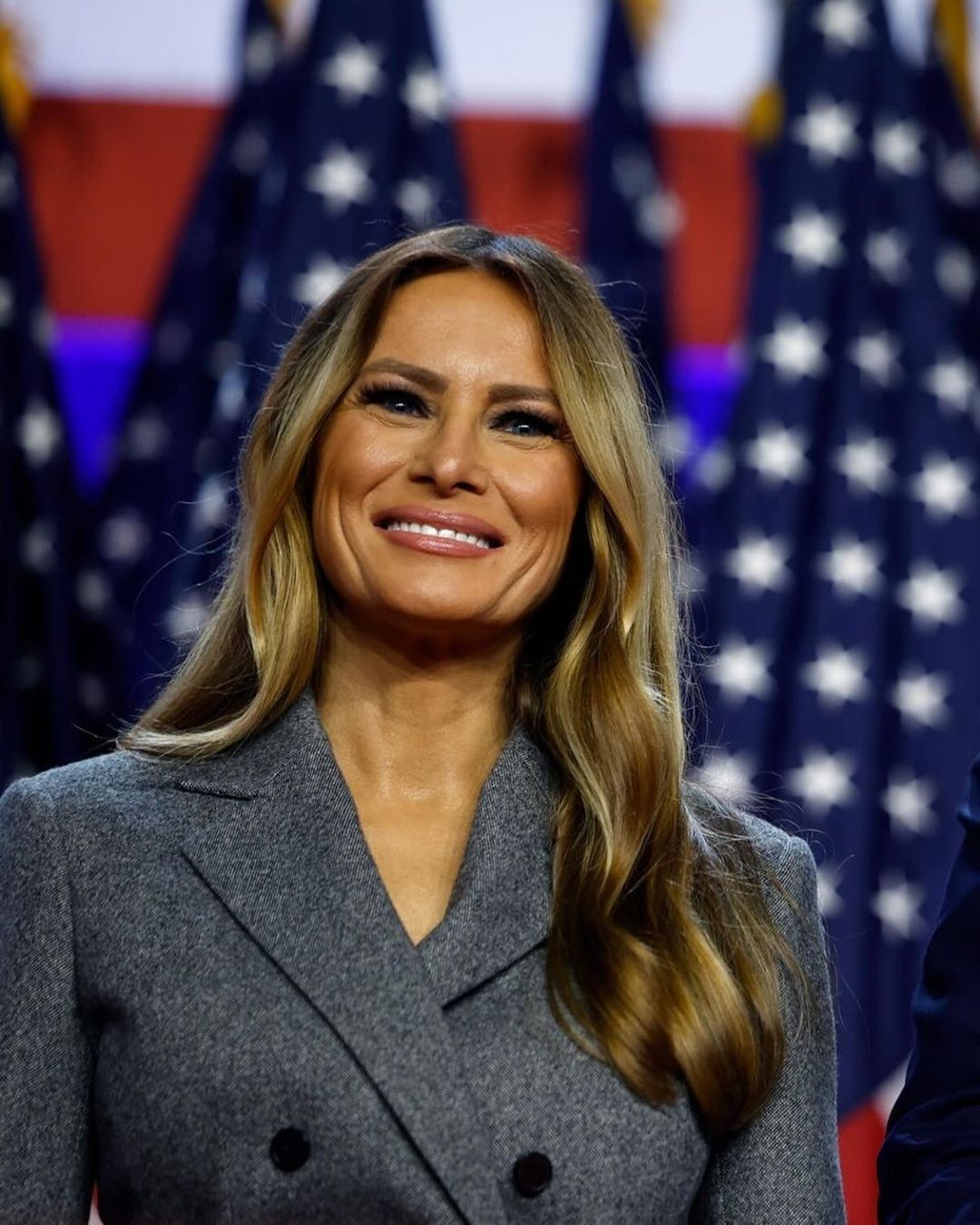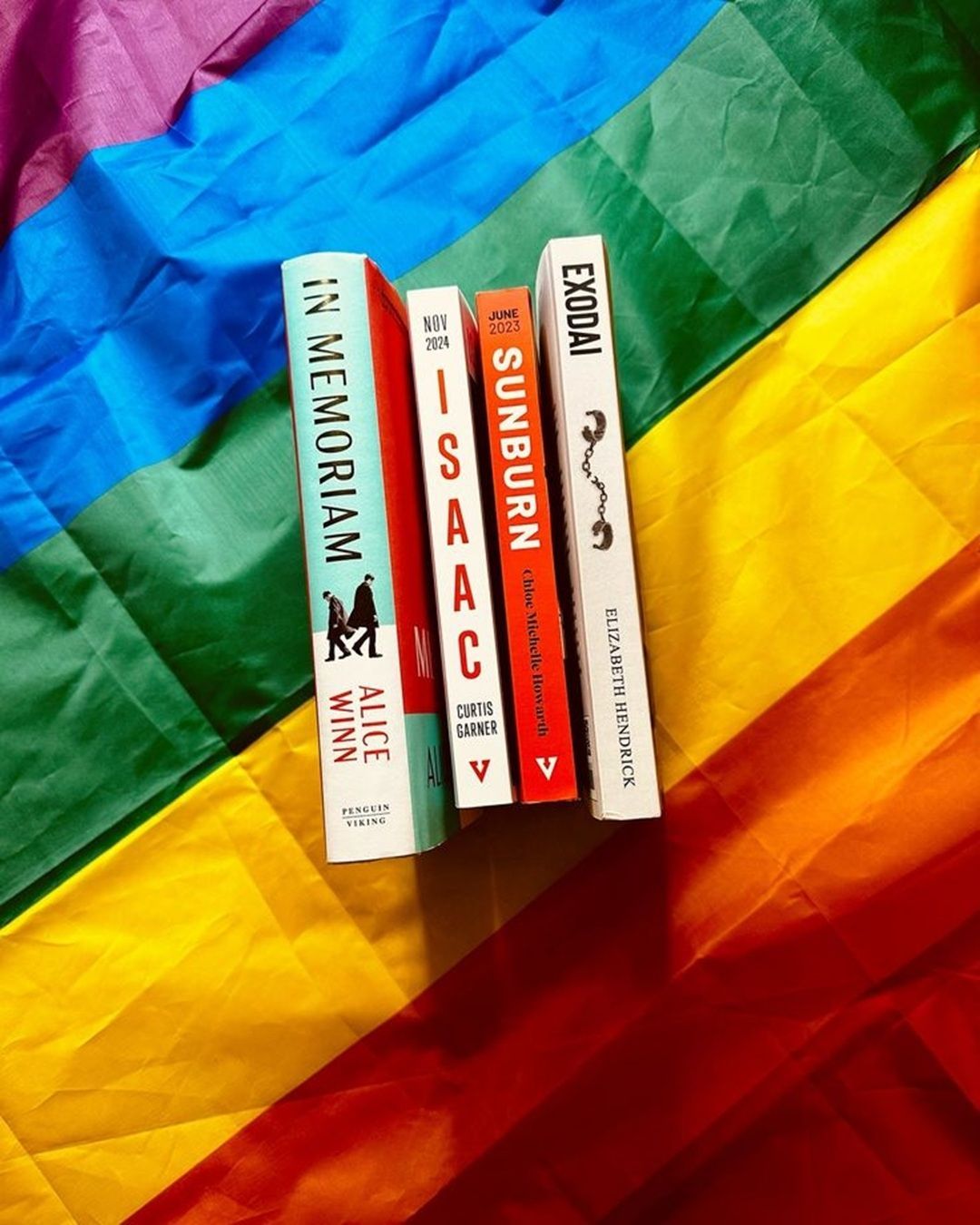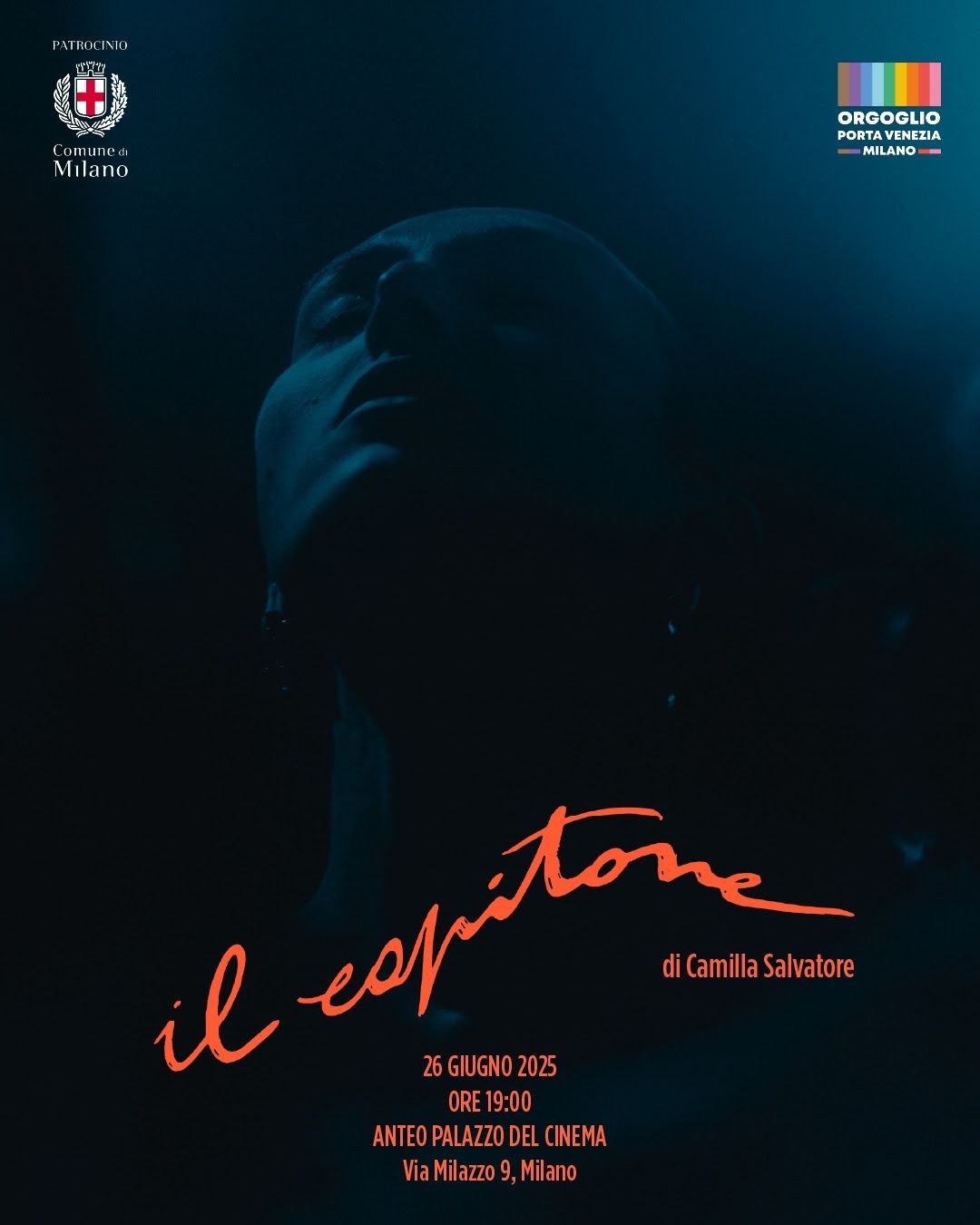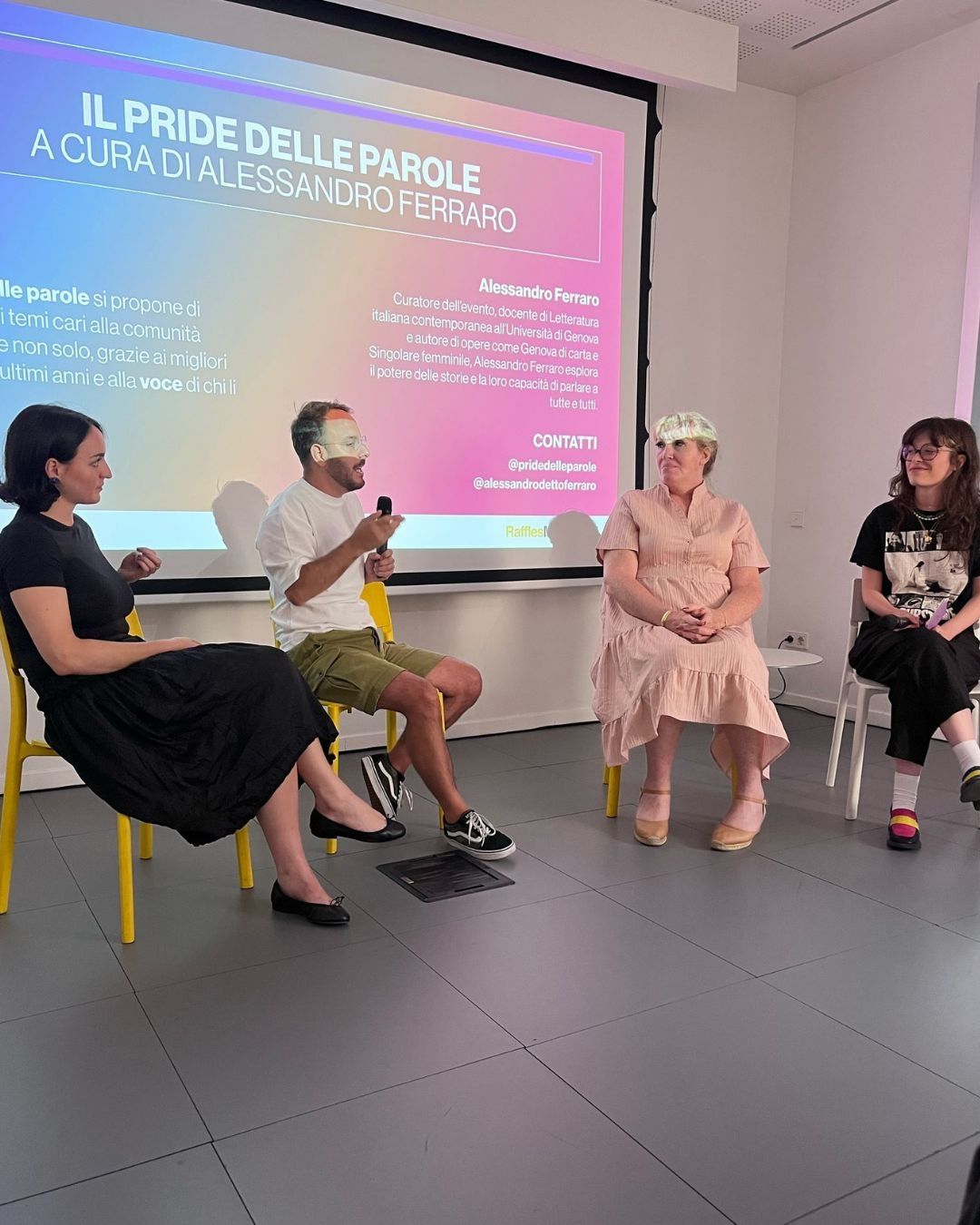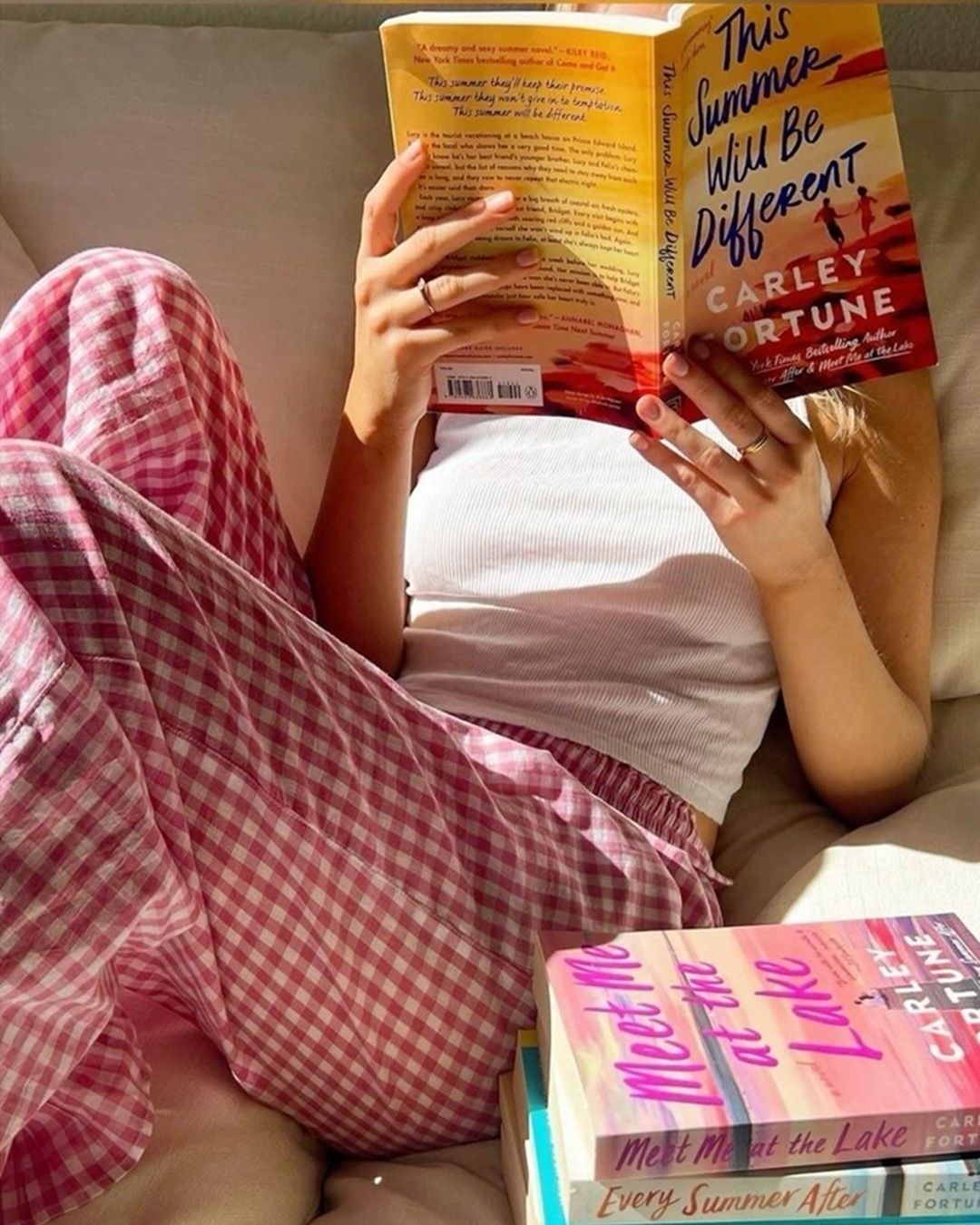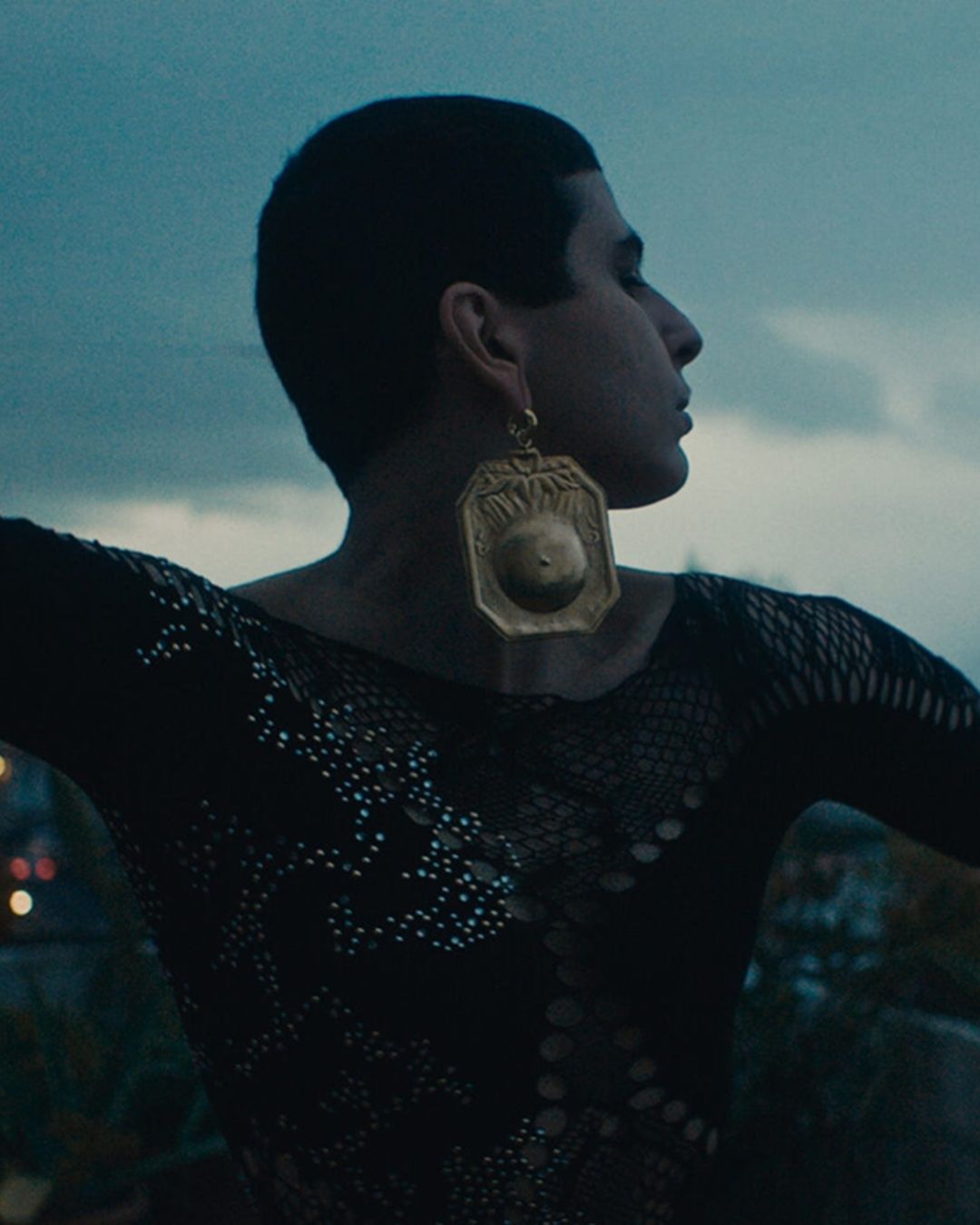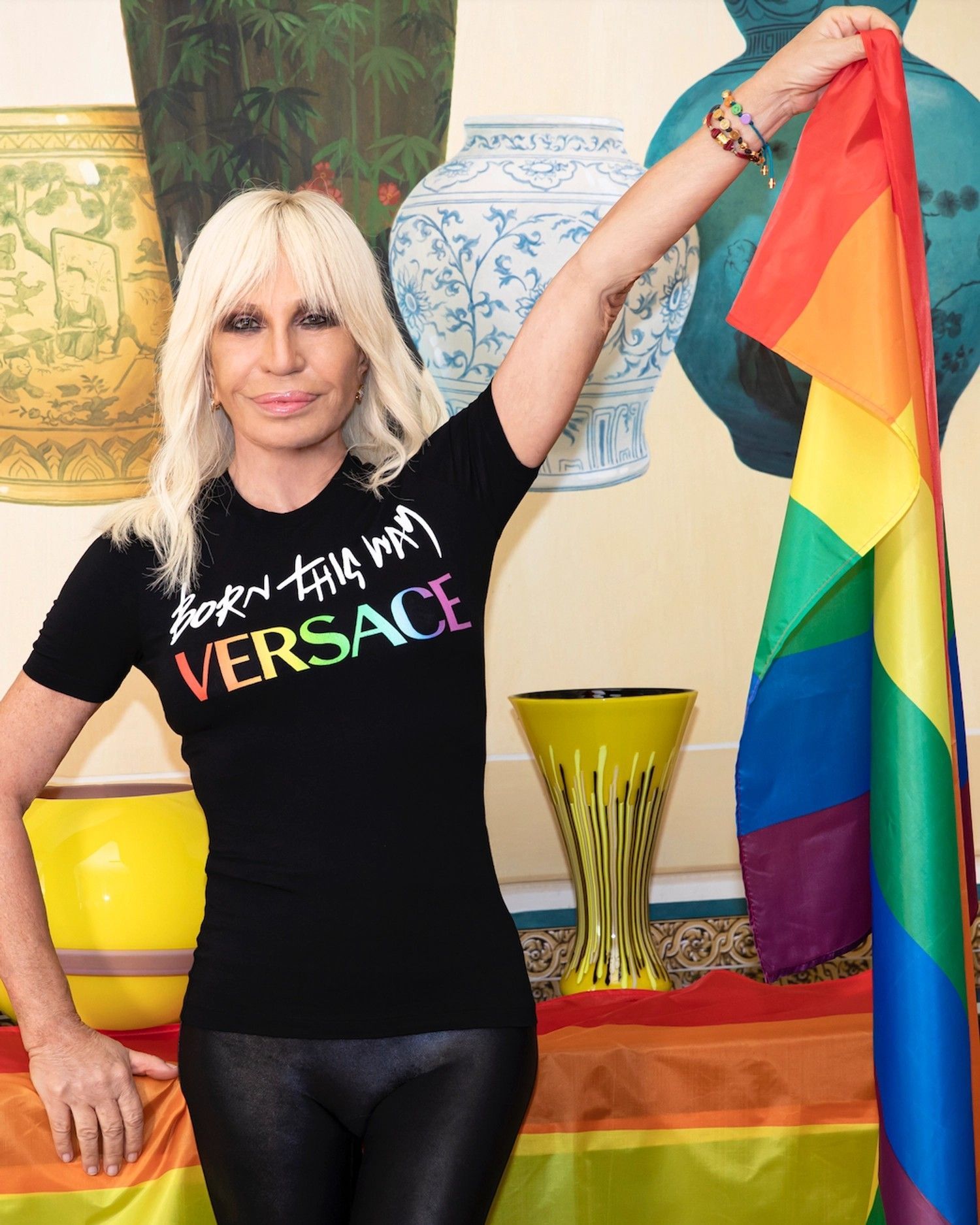
What happened to all the rainbow washing? Of all this ... there is only one t-shirt left
This year's Pride Month carries a different energy, one that is duller and heavier. It almost feels as though the rainbow has vanished. More than a feeling, it’s a clear observation: the near-total absence of rainbow washing within the fashion industry sends a silent yet deafening message. In previous years, June 1st marked an explosion of rainbow-colored logos across the internet, blinding users with corporate enthusiasm. But in 2025, as noted by Business of Fashion, beige dominates (at best). The situation marks a complete shift from a few years ago, when the abundance of multicolored logos sparked suspicions of opportunism from global corporations that would release often tasteless collections each June—collections that nonetheless managed, in one way or another, to redirect attention toward the importance of Pride within the collective (and often elitist) imagination of luxury fashion.
Who could forget the 2018 Burberry collection, when then-creative director Christopher Bailey emblazoned rainbow colors across trench coats, jackets, and hats? Or Loewe’s 2020 collection entirely dedicated to Divine, one of the most iconic drag queens of all time, complete with mannequins styled with her signature makeup? Even Versace, until just last year, consistently released Pride Month capsule collections, often by reworking its logo or the brand’s iconic Barocco print with rainbow elements. LVMH as well, up until 2024, curated full calendars of events and talks on LGBTQIA+ rights, hosted in flagship stores across the world’s major capitals. This year? Silence. Many held out hope, waiting at least a week into June to see if any brand would step forward—even just with a flashy, overpriced rainbow T-shirt. But nothing came. The only luxury brand to break ranks was Diesel, which marked Pride with a capsule collection in collaboration with artist Tom of Finland. Even in that case, the artistic direction remained intentionally cryptic, leaving the message open to interpretation. Has fashion now turned its back on the LGBTQIA+ community, after capitalizing for years on the hype and visibility it brought?
The decision by most luxury maisons is not entirely unexpected. After all, the current political and social climate, shaped by the rise of conservative governments over the past year, has created a context increasingly hostile to progressive values. Throughout the 2024/2025 seasons, there’s been a noticeable decline in bold political statements, queer-authored visual projects, trans model castings, and open challenges to gender norms. In parallel, a clear return to outdated beauty standards has emerged – evident on the recent runways, where even the suggestion of inclusivity has vanished. Only a few independent brands with inherently queer DNA, such as Conner Ives and Willy Chavarria, continue to make rebellion the core of their latest collections, standing in sharp contrast to the silence from the major maisons and luxury conglomerates. Just months ago, the “Protect the Dolls” T-shirt in support of trans rights went viral on social media and was worn by some of Hollywood’s biggest names. Today, all that remains of that cry for justice is the aesthetic. A singular gesture, without the ripple effect needed to influence, even in media terms, the industry’s biggest players, despite its ethical significance.
the connor ives fall 2025 rtw ‘protect the dolls’ shirt has currently raised over $400,000 for trans lifeline, a U.S.-based nonprofit providing peer support and crisis assistance to trans people pic.twitter.com/DizD4Ea5mO
— (@saintdoII) June 5, 2025
After years of criticism from LGBTQIA+ activists and influencers, who consistently called out Pride campaigns as performative marketing stunts, today’s silence feels even more bitter. This trend is confirmed by Andrea Semeghini, founder of LAUD END PRAUD, an independent platform that has long organized events and talks centered on queer culture and is deeply tied to the Italian fashion industry. This year, it was also included in the official CMI calendar with a dedicated event blending queer culture and fashion week: “Compared to last year, the difference is stark. In 2024, we were contacted by numerous brands—some very large—that saw our event as aligned with their positioning. There was genuine enthusiasm and a willingness to invest. This year, every single one of them backed out.” This isn’t just an issue affecting grassroots organizations. As Semeghini points out, even major Pride events in Italy, such as those in Rome and Milan, have seen a drastic drop in brand sponsorships, in some cases by as much as 40%.
For years, rainbow washing was rightly criticized as hypocritical—a way for companies to profit from Pride aesthetics without rethinking their practices or truly supporting the LGBTQIA+ community. Inclusivity became ornamental, a tool for generating clicks and conversions. These were commercial strategies disguised as social commitment, designed more to polish brand reputations than to address inequality—strategies increasingly dismissed, as Trump often frames them, as pointless “diversity, equity and inclusion” efforts. And yet in 2025, the disappearance of these campaigns creates an even more visible void. As Semeghini emphasized, the problem is not only financial but deeply cultural. What for years were seen as shared battles are now relegated to niche topics, considered divisive or inconvenient for corporate positioning. Strategic interest in the queer community has faded the moment economic and media gains were no longer guaranteed. In an industry where luxury groups are increasingly struggling, and conservatism appears to have overtaken fashion both creatively and economically, one must ask: was the only viable response really to abandon the very community that has worked, created, and culturally fueled the fashion system for decades? This isn’t merely the end of rainbow washing, but a deliberate strategic retreat—one that raises urgent questions about the sector’s sense of responsibility and the worth assigned to certain struggles once they stop being profitable.



